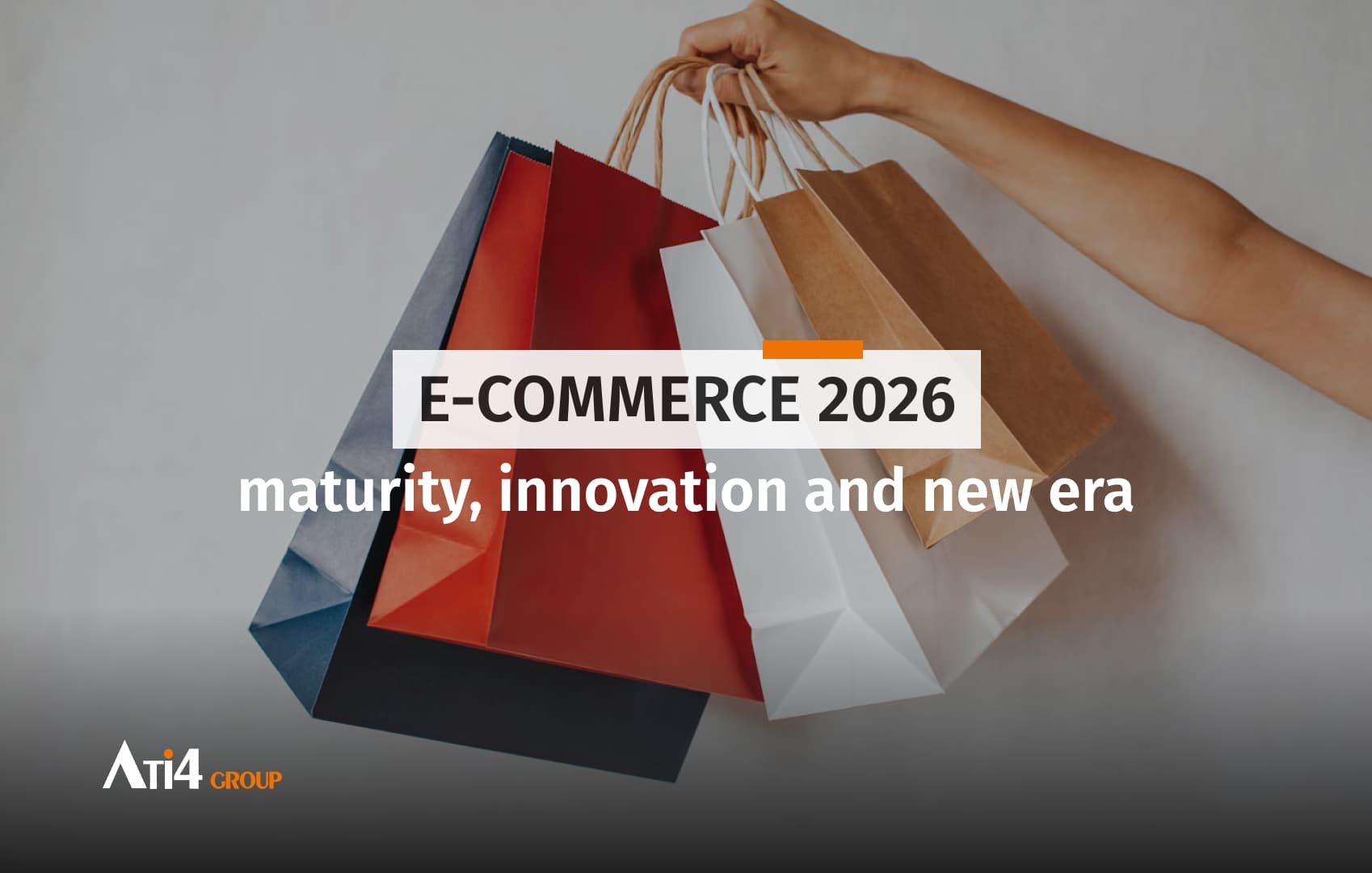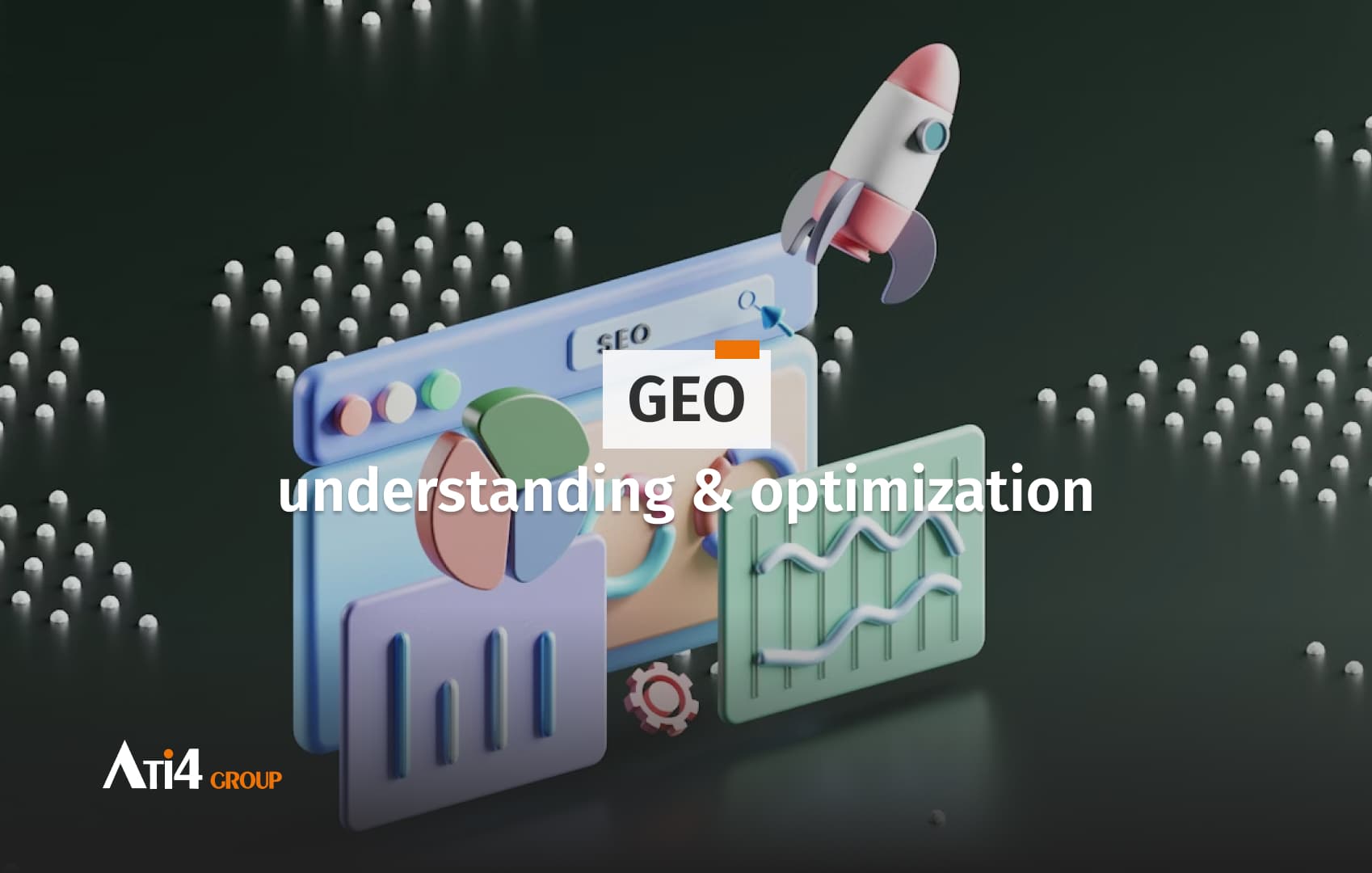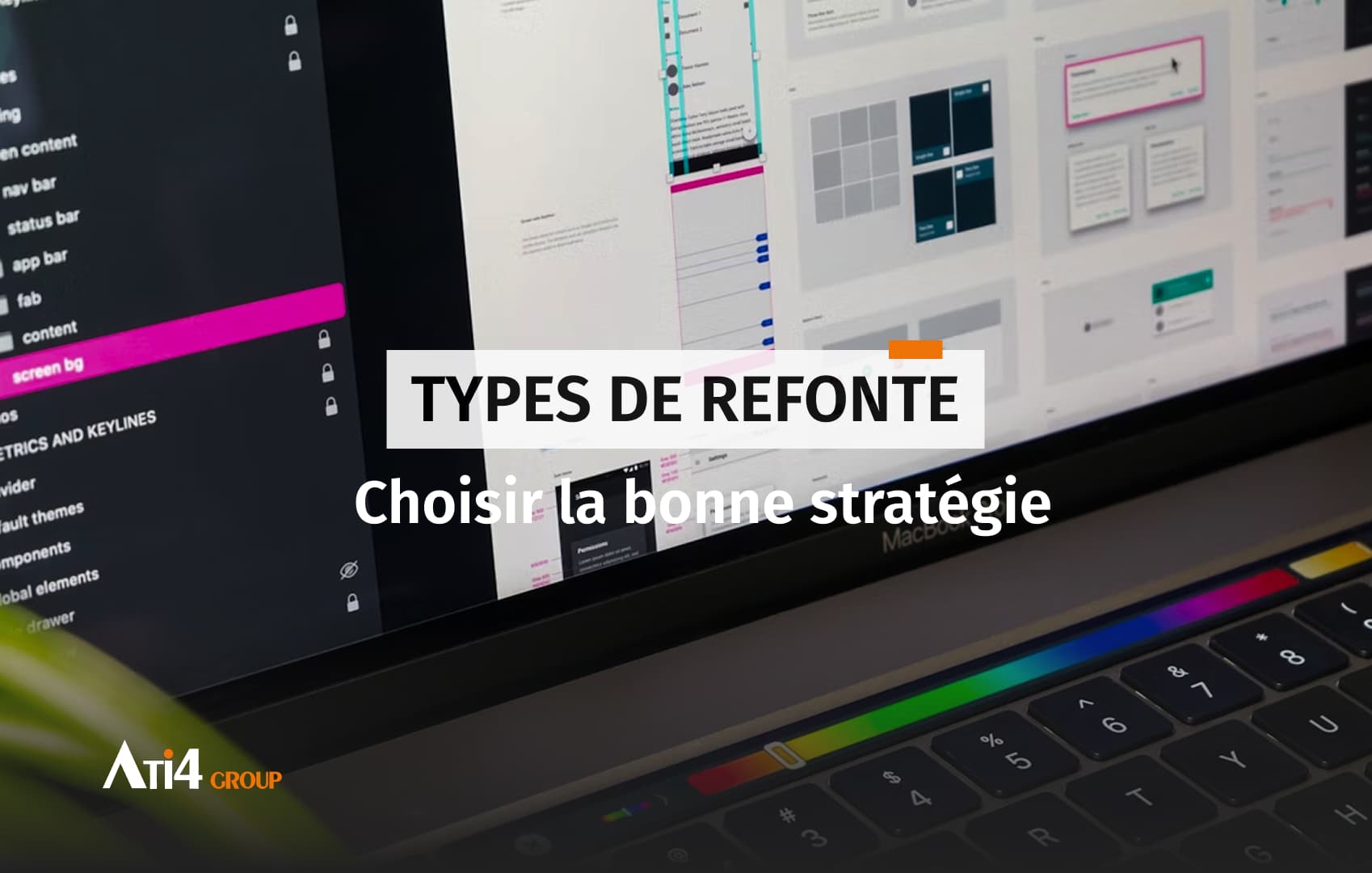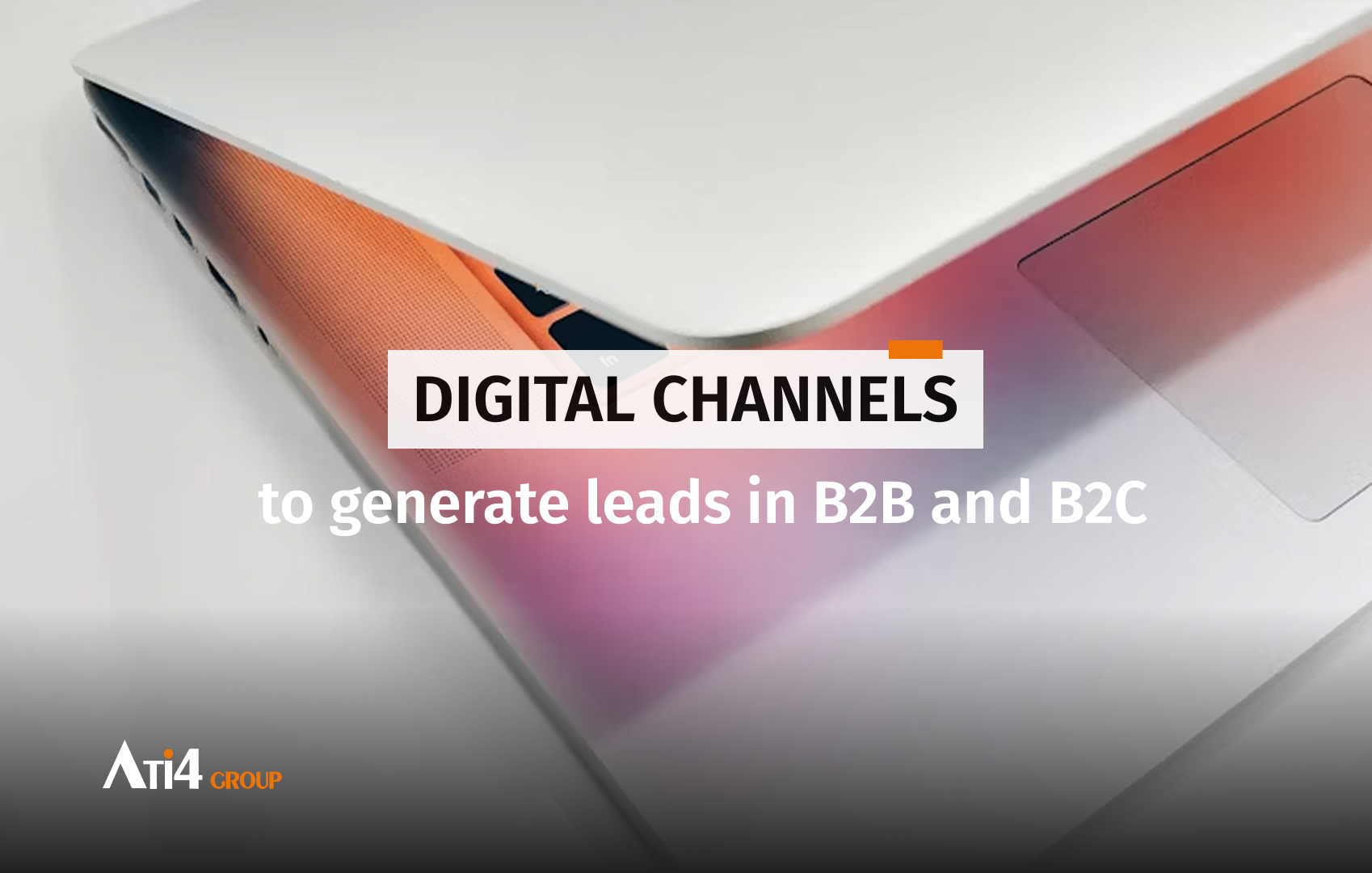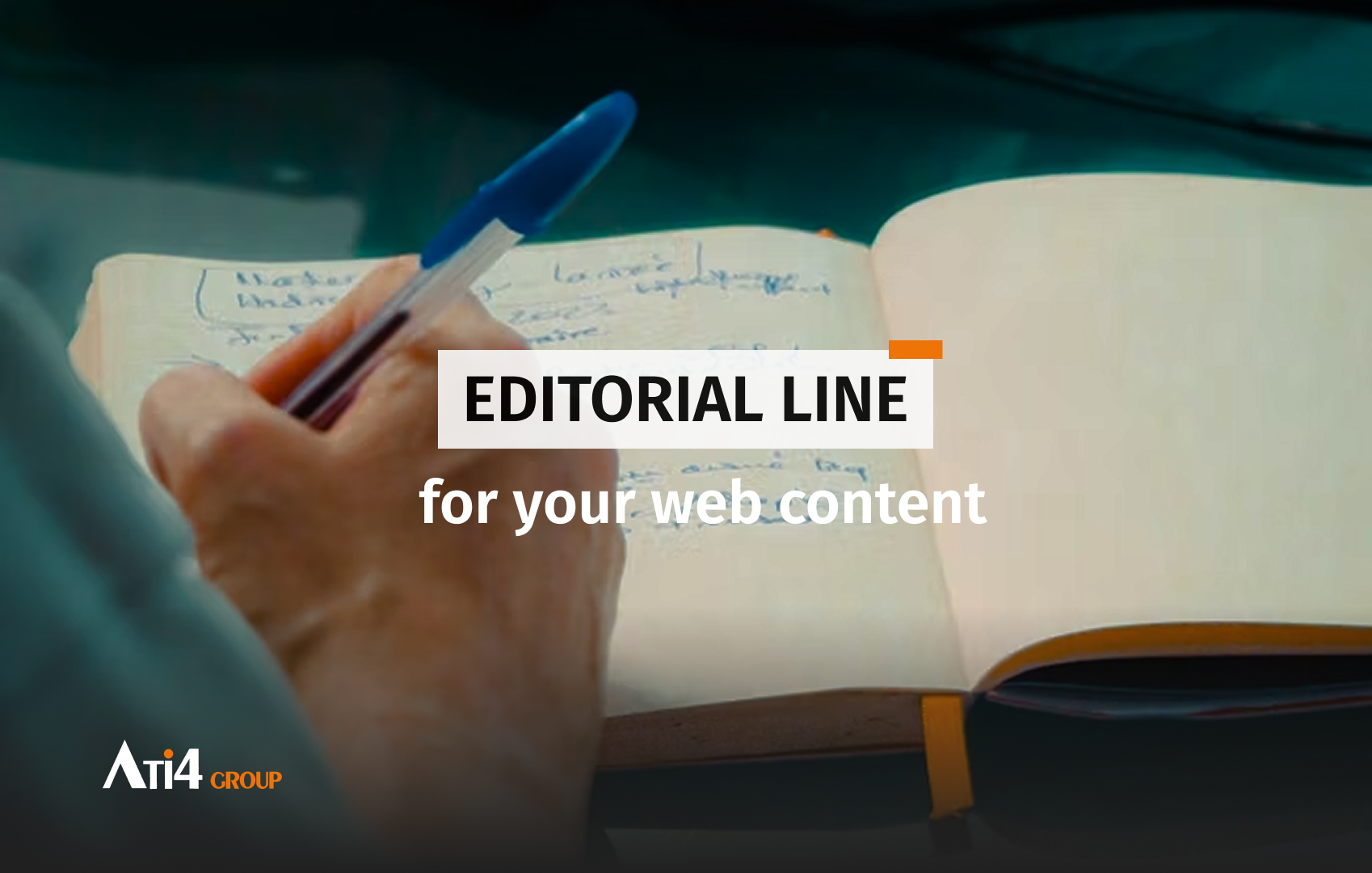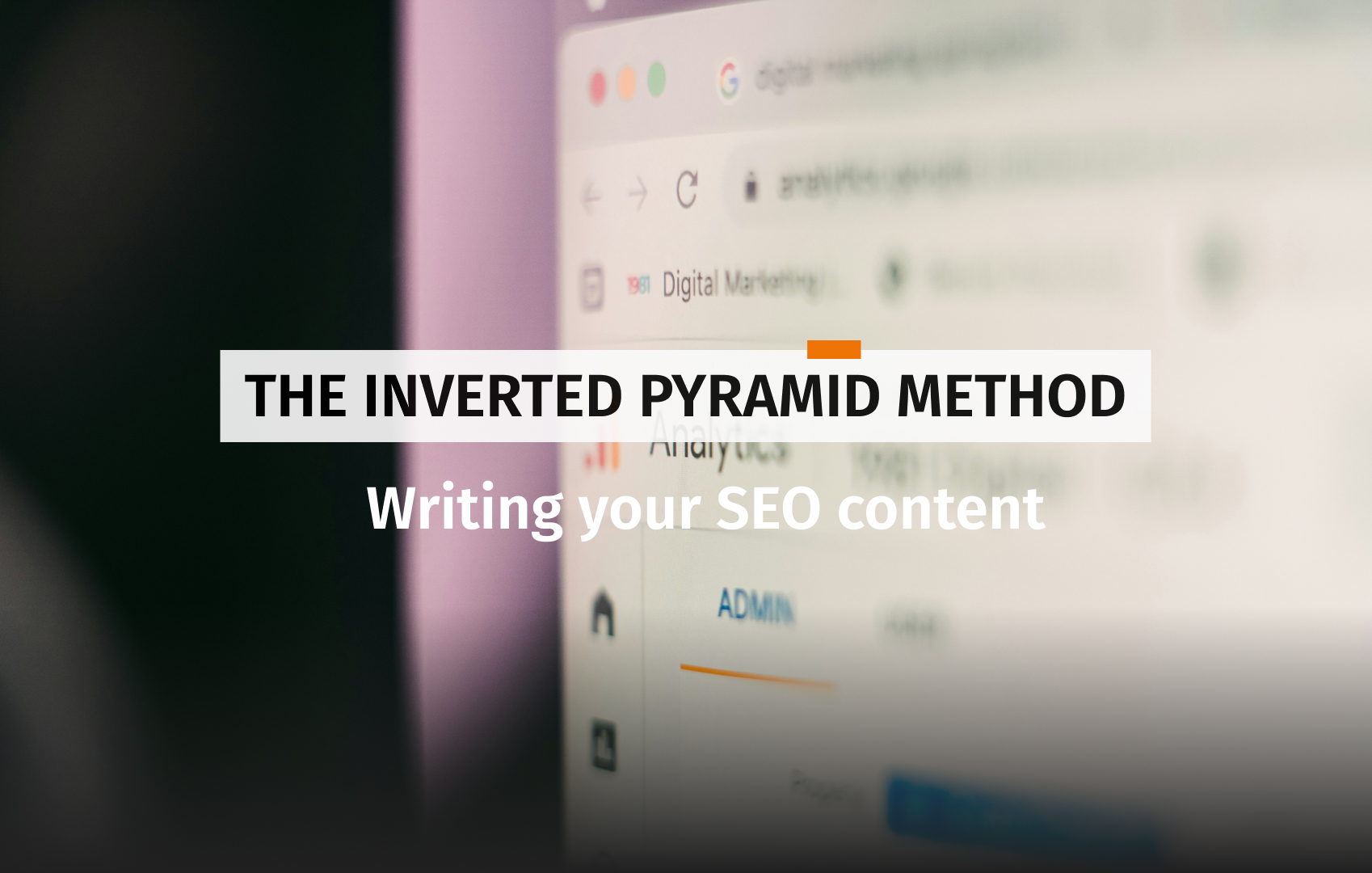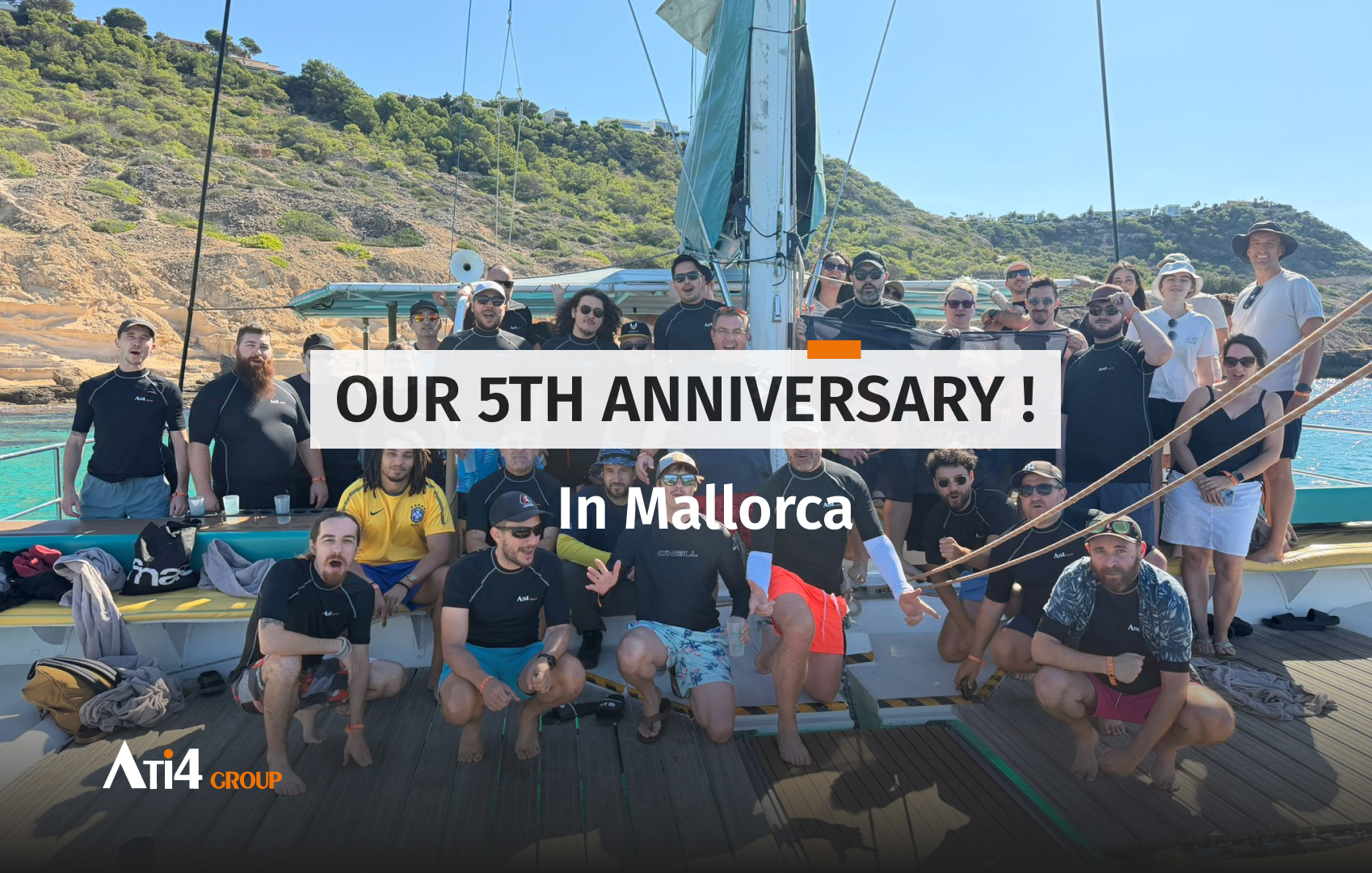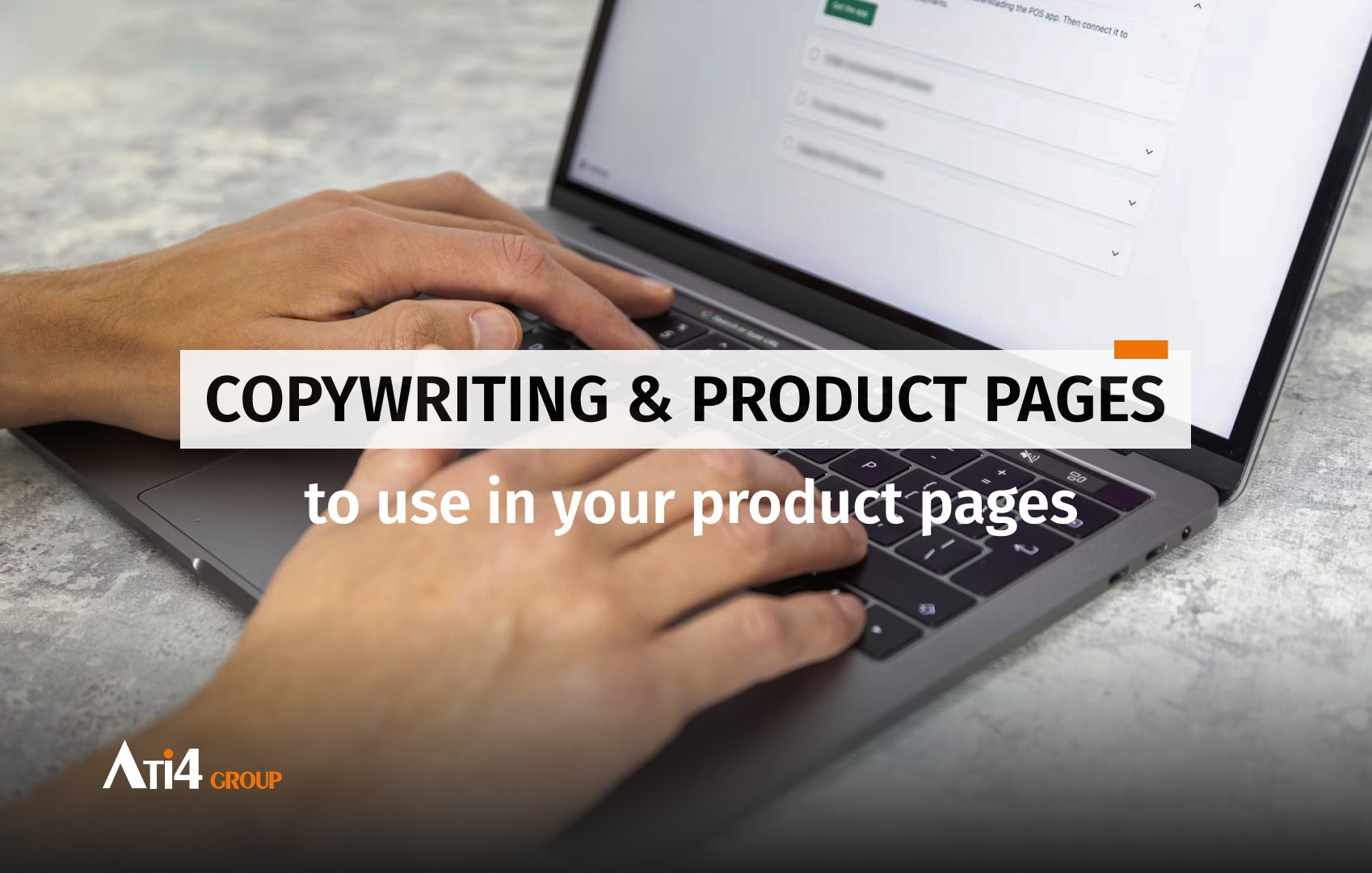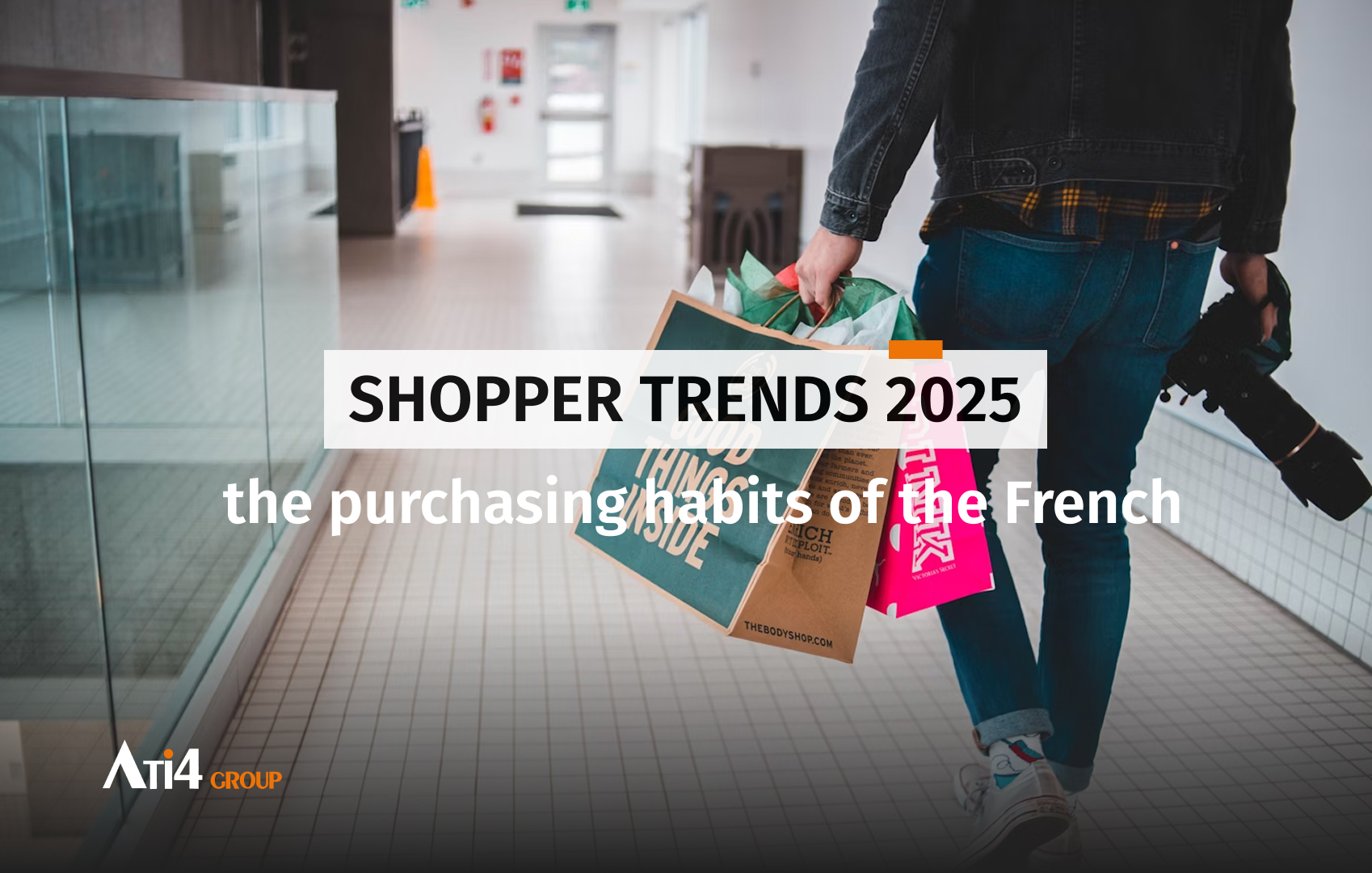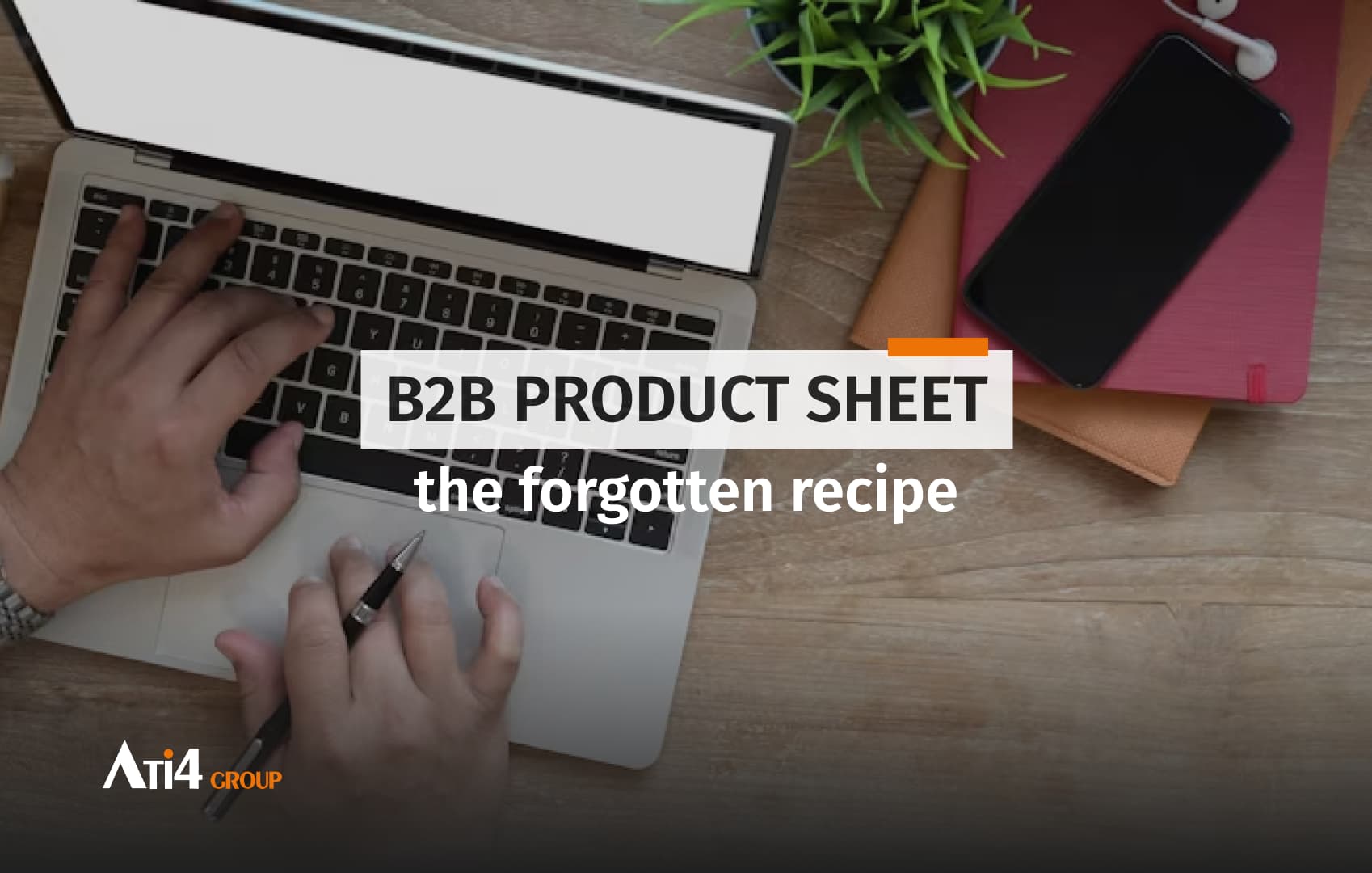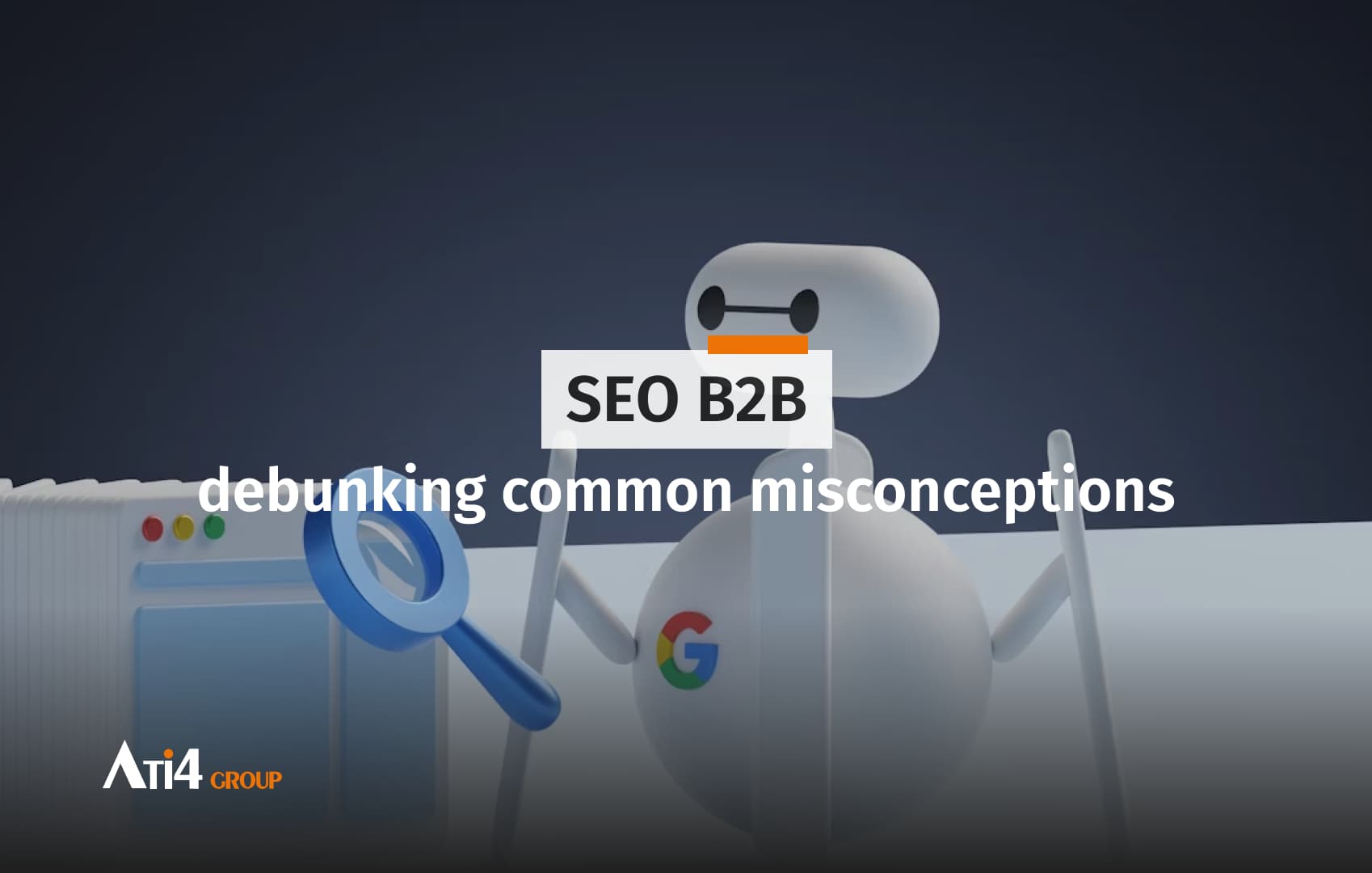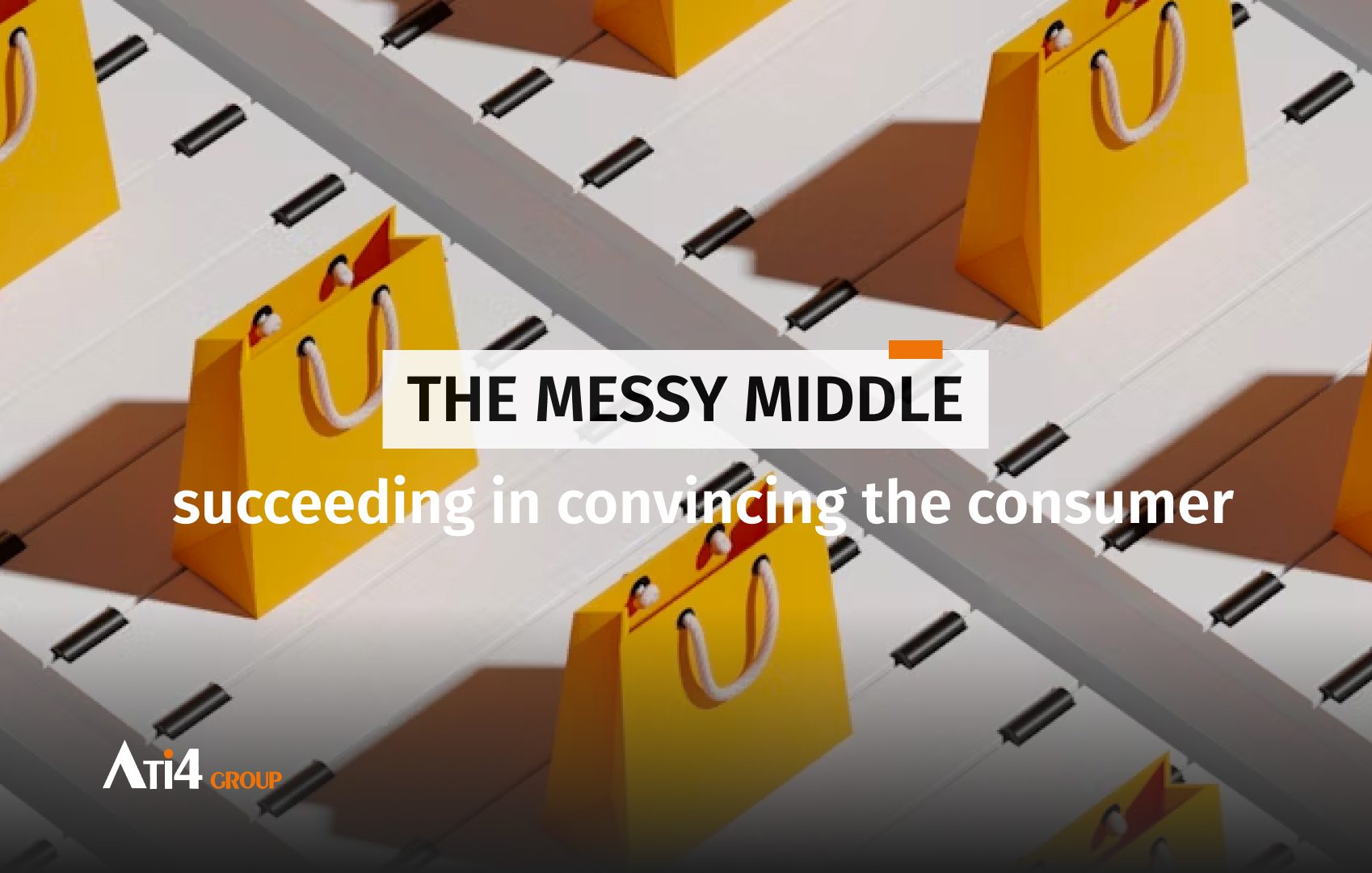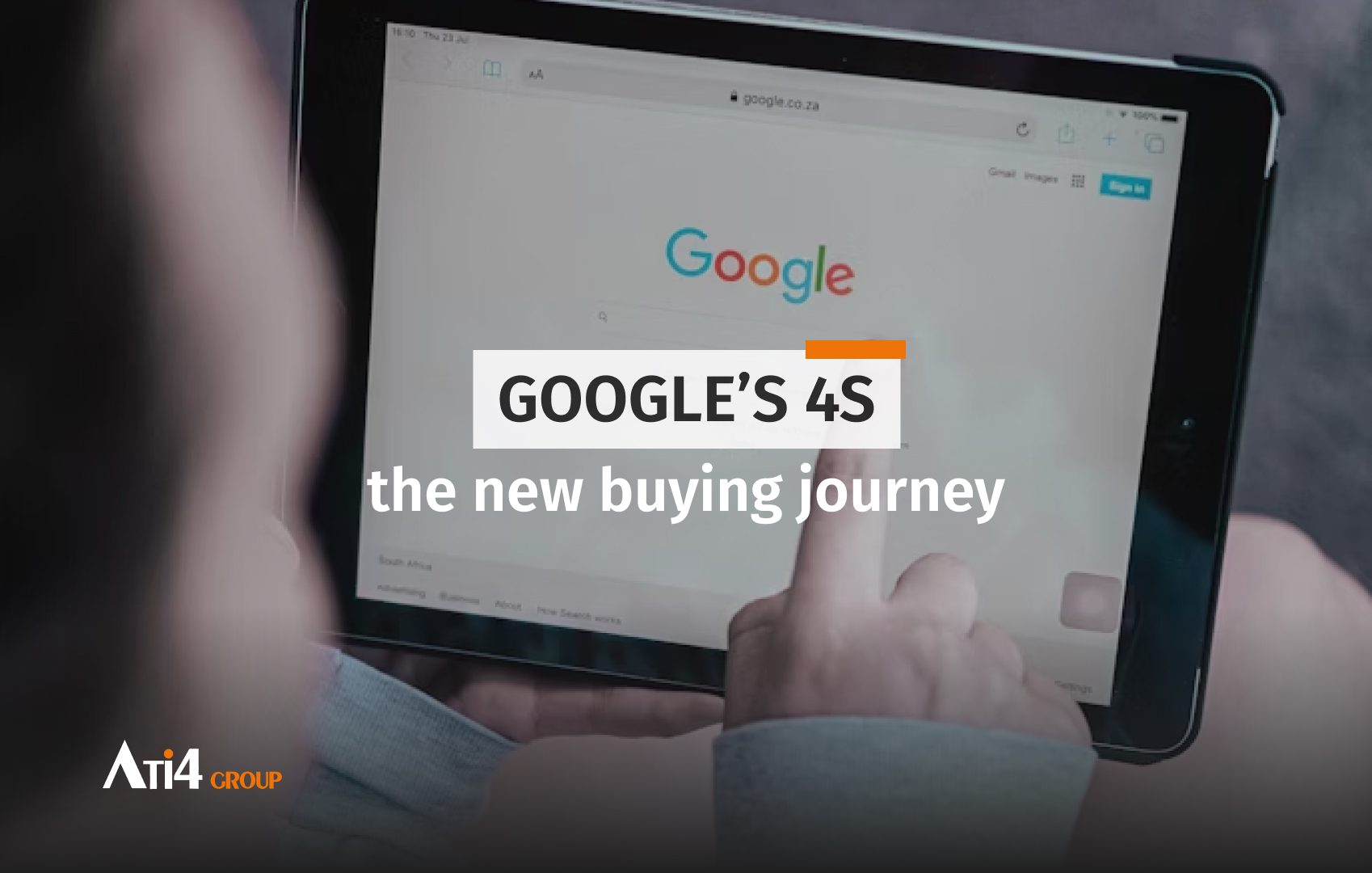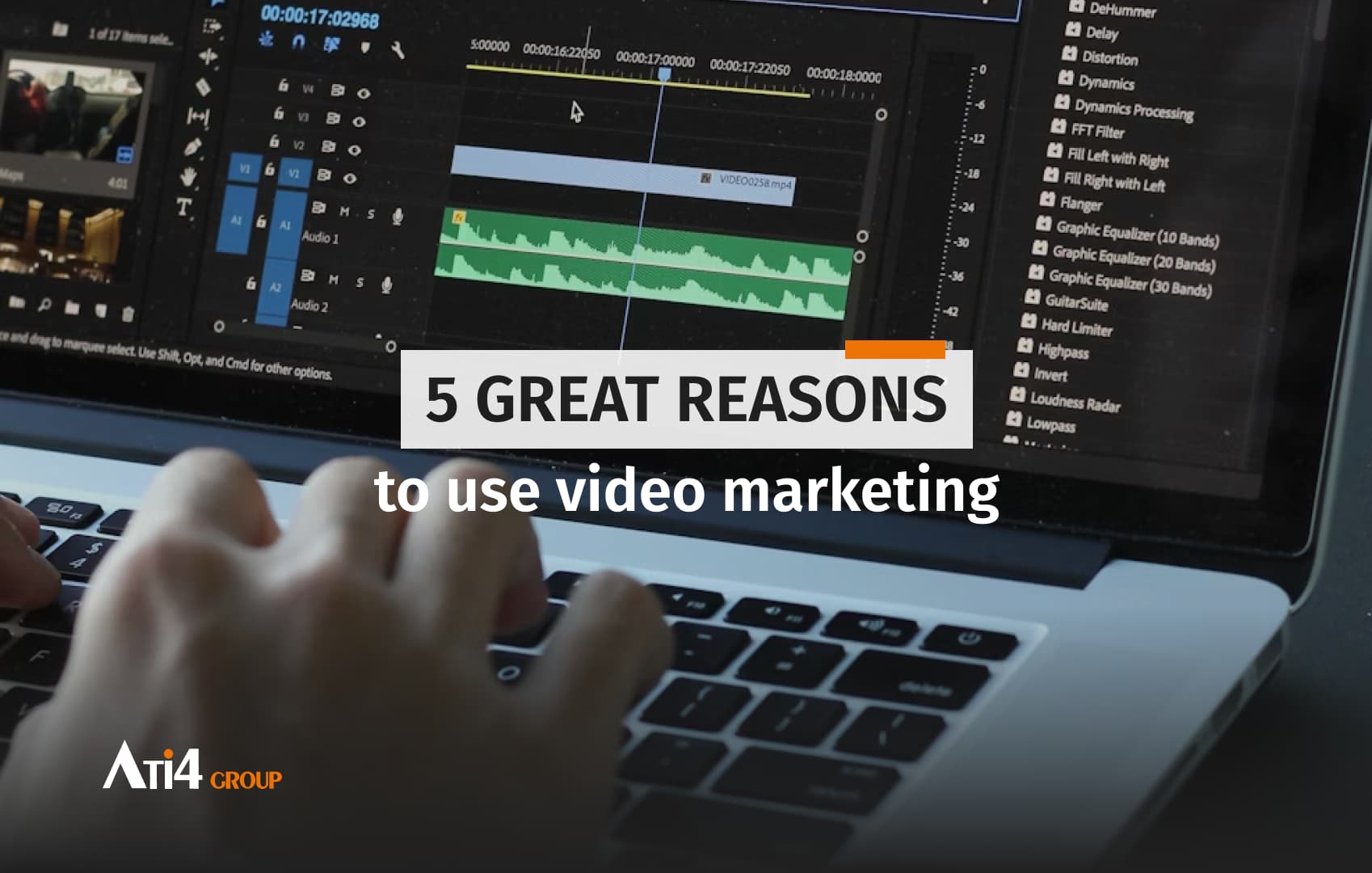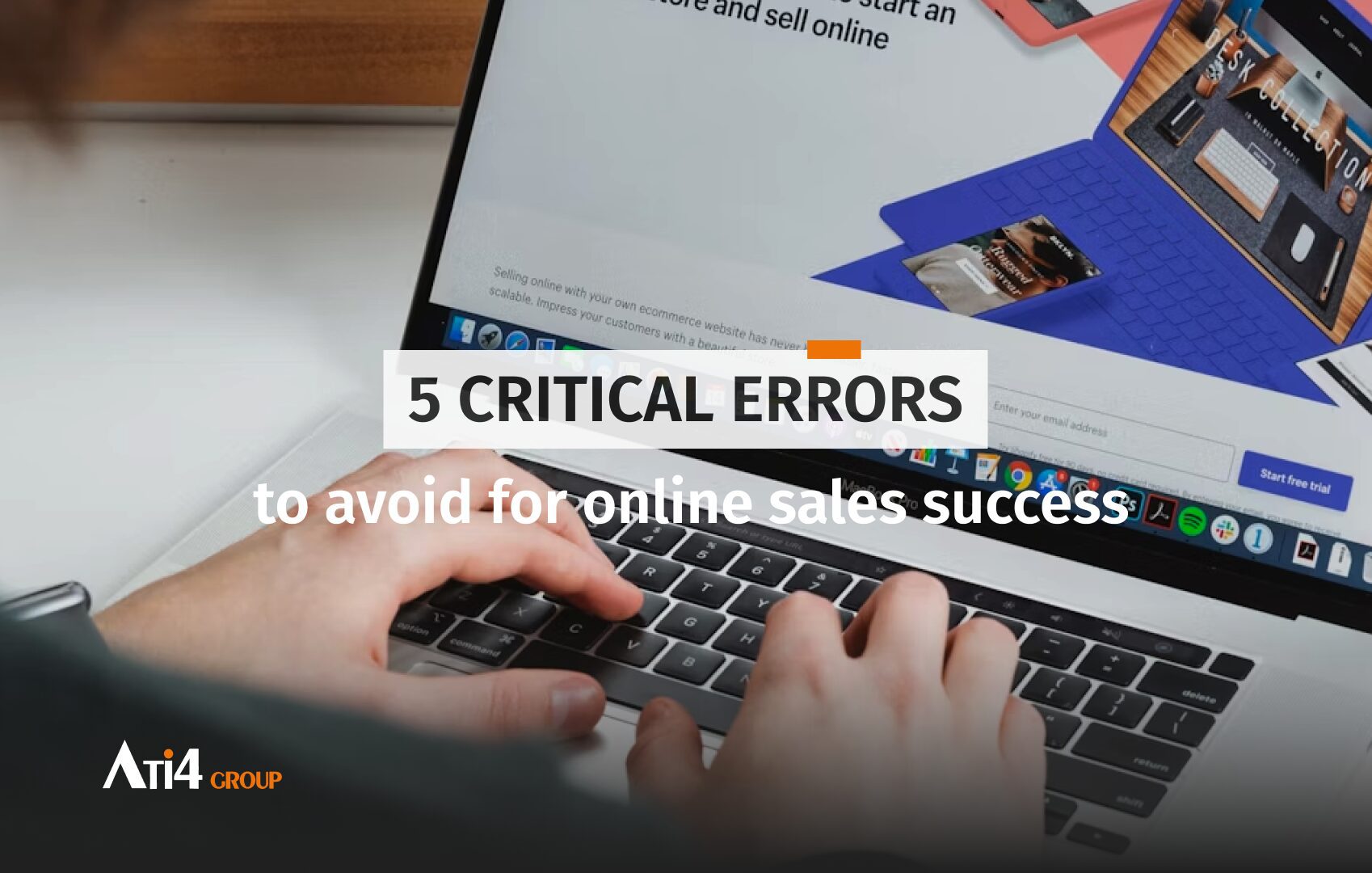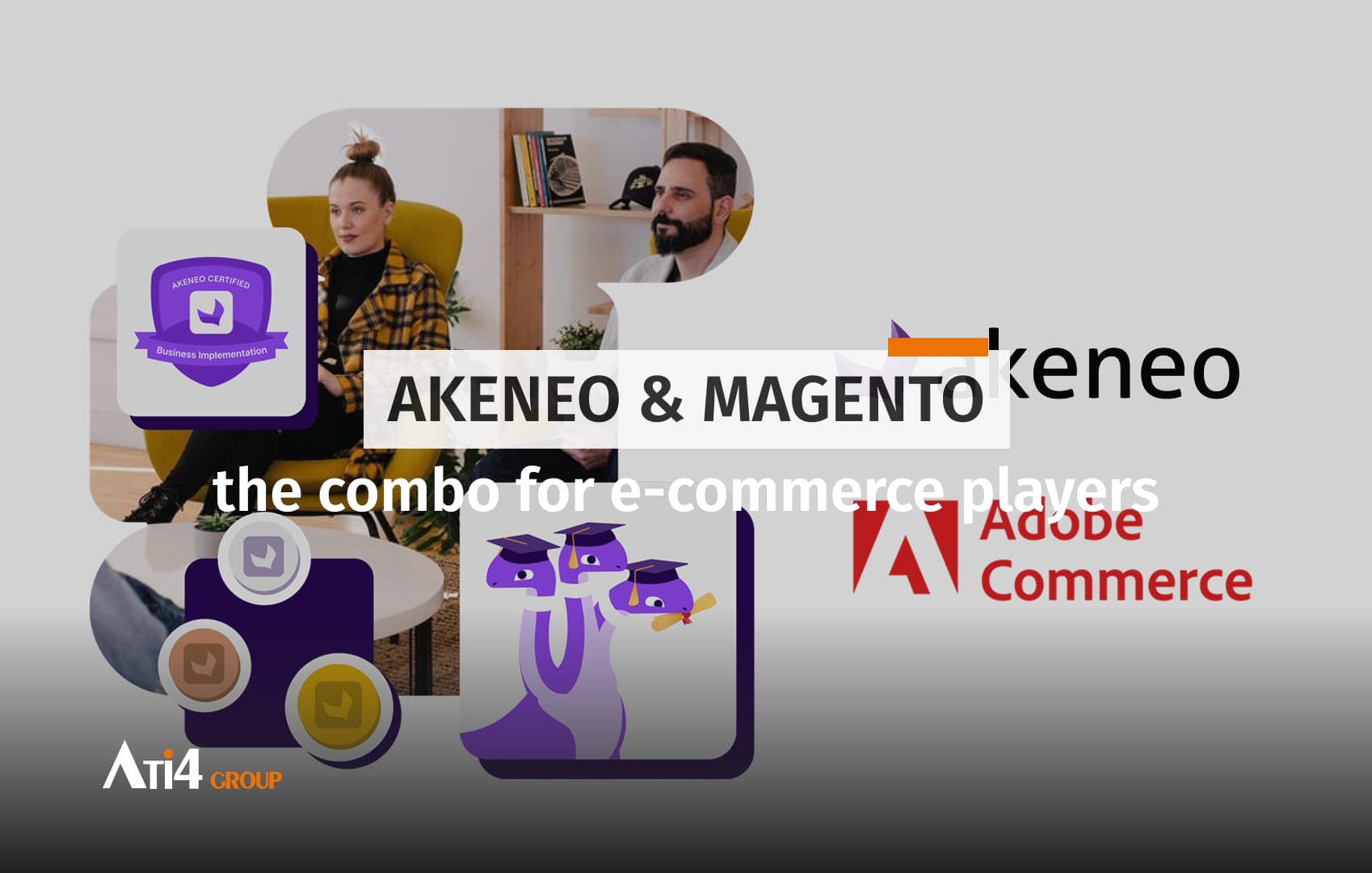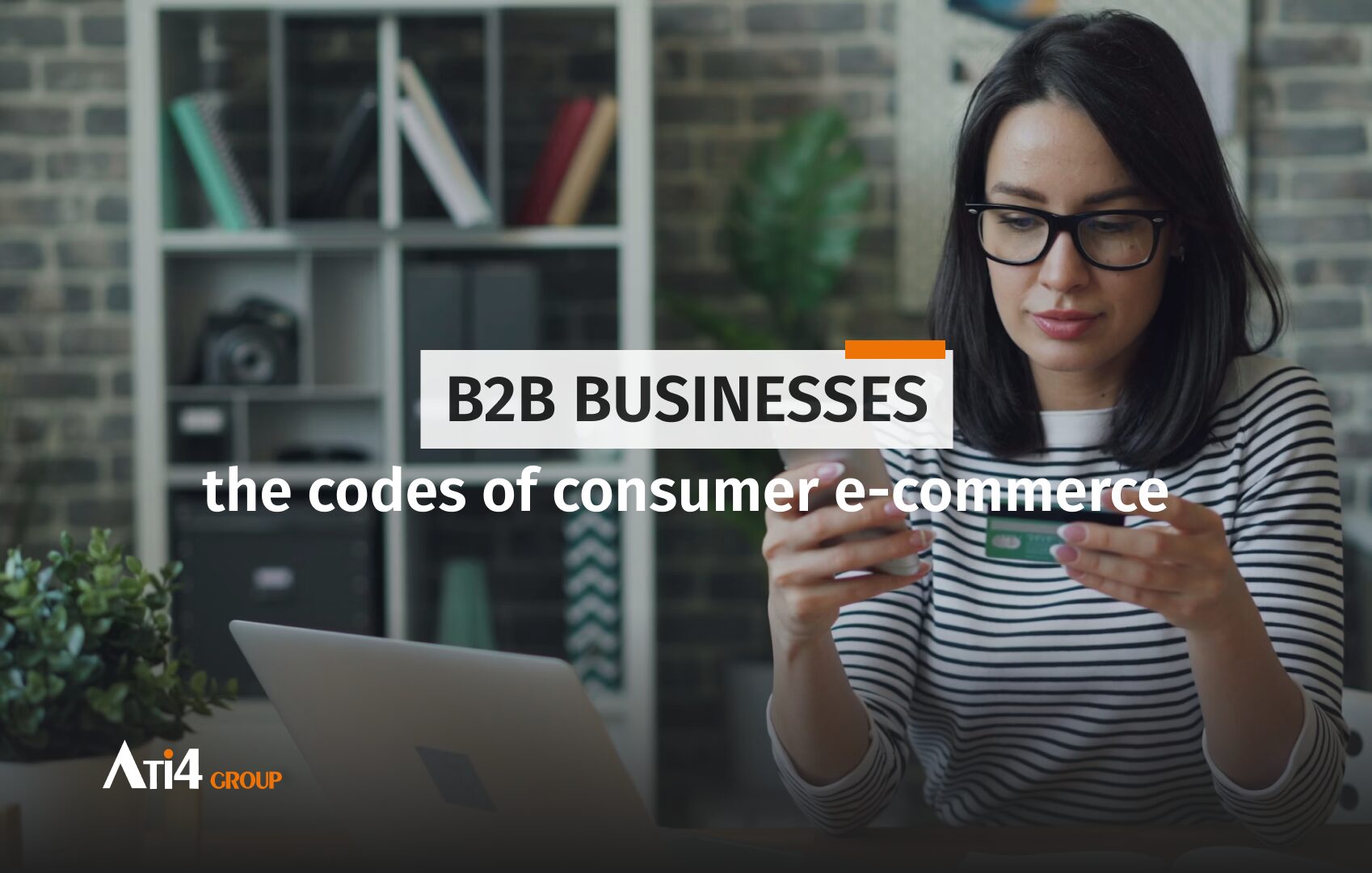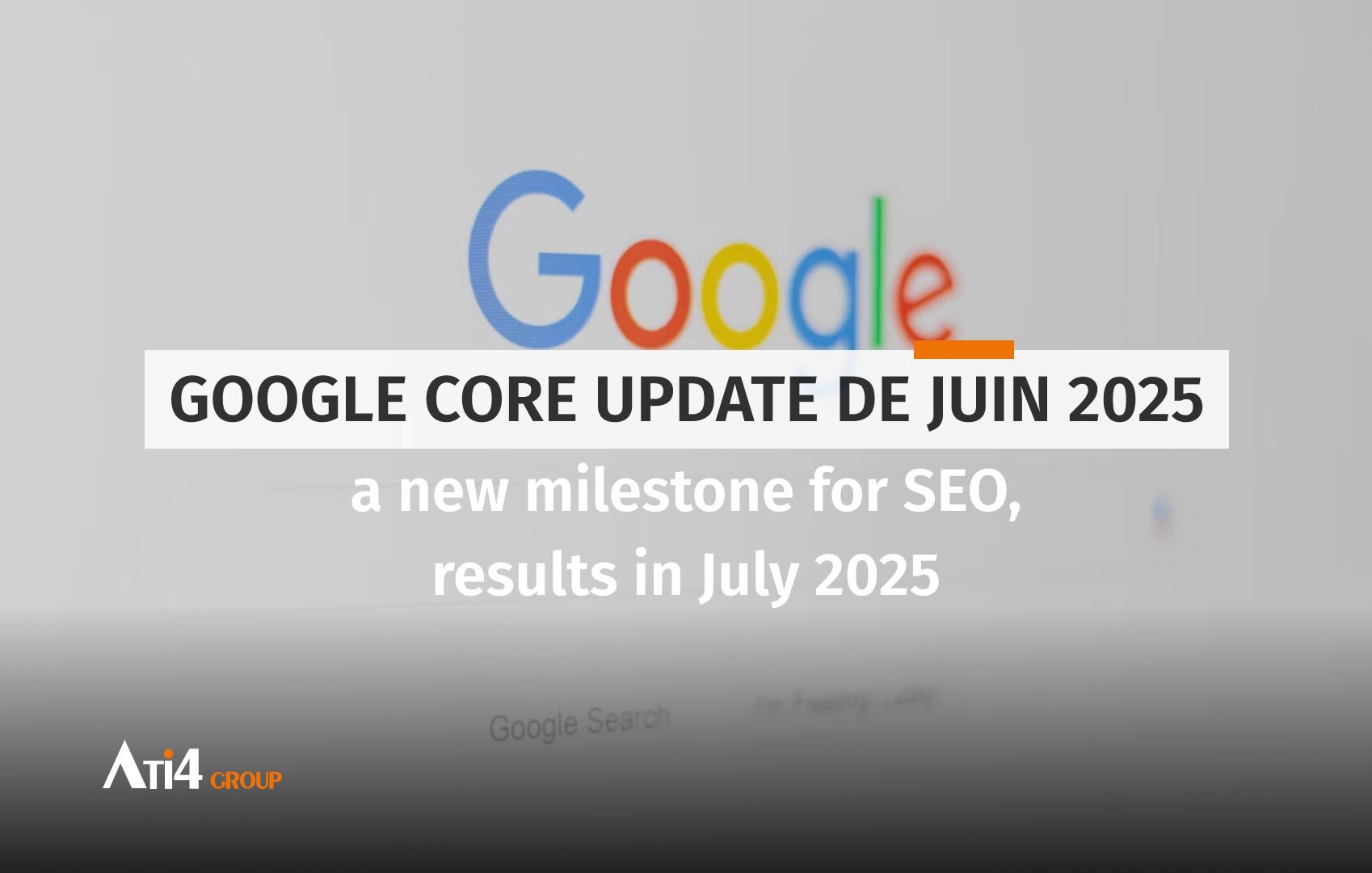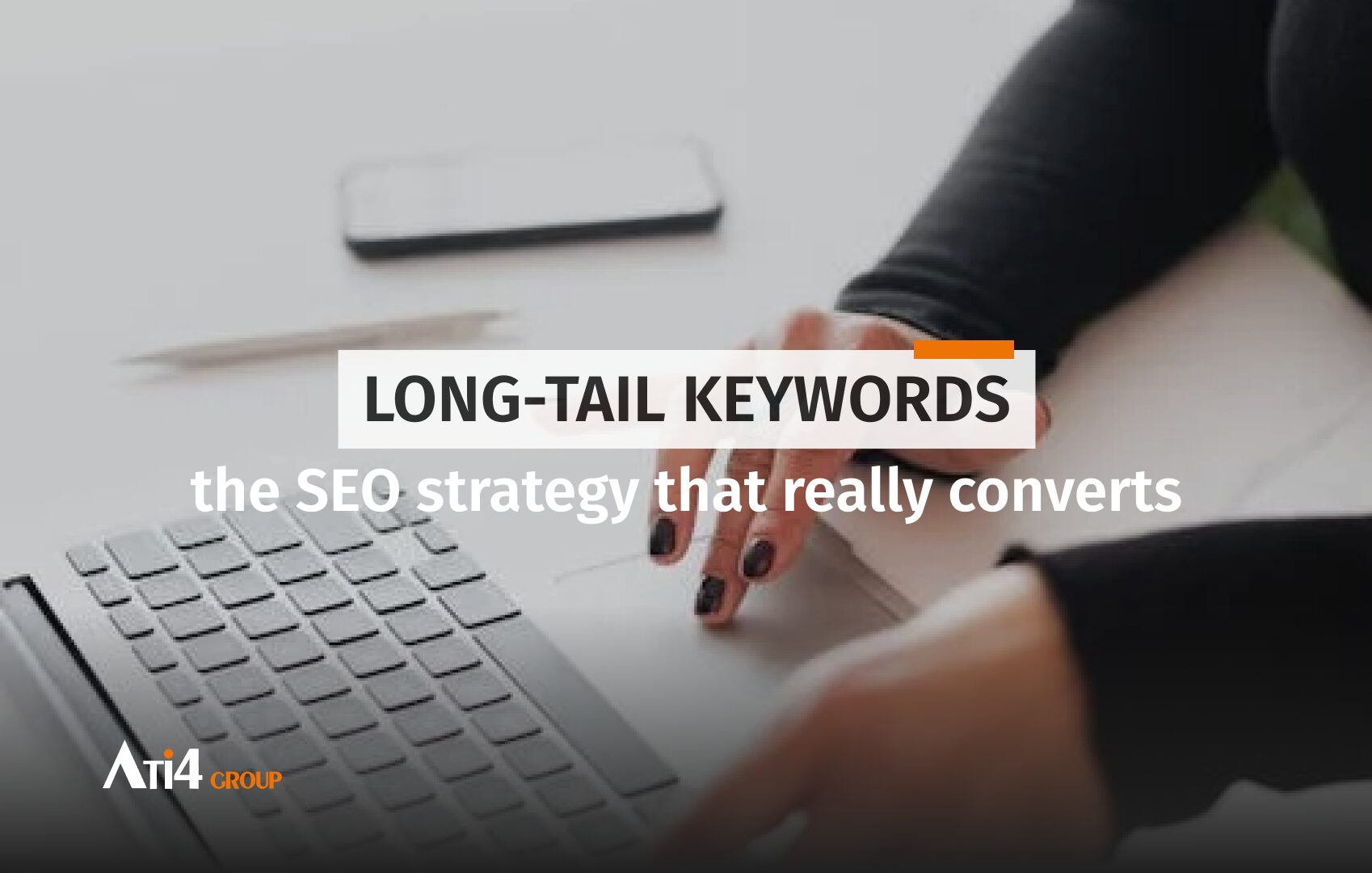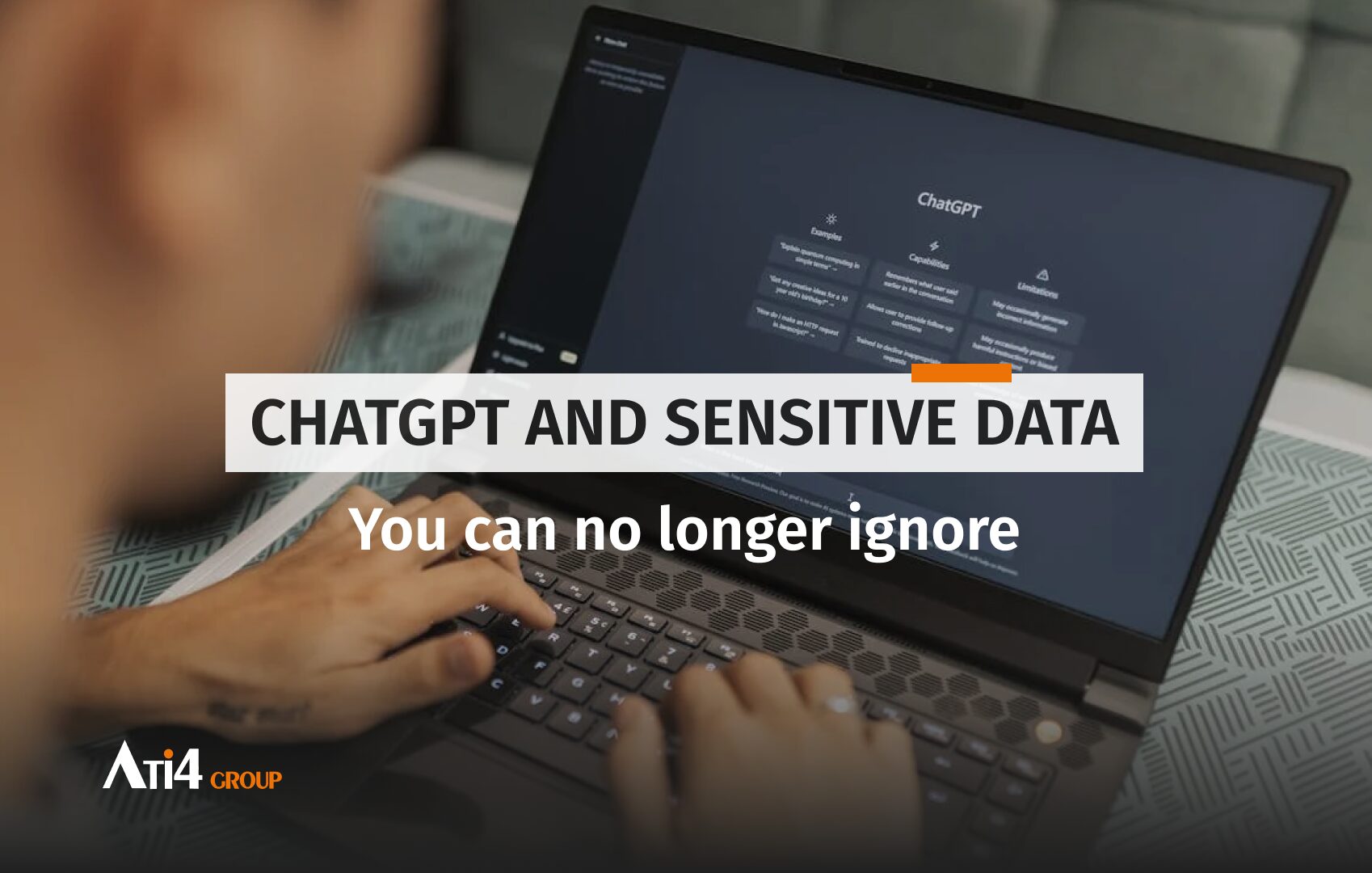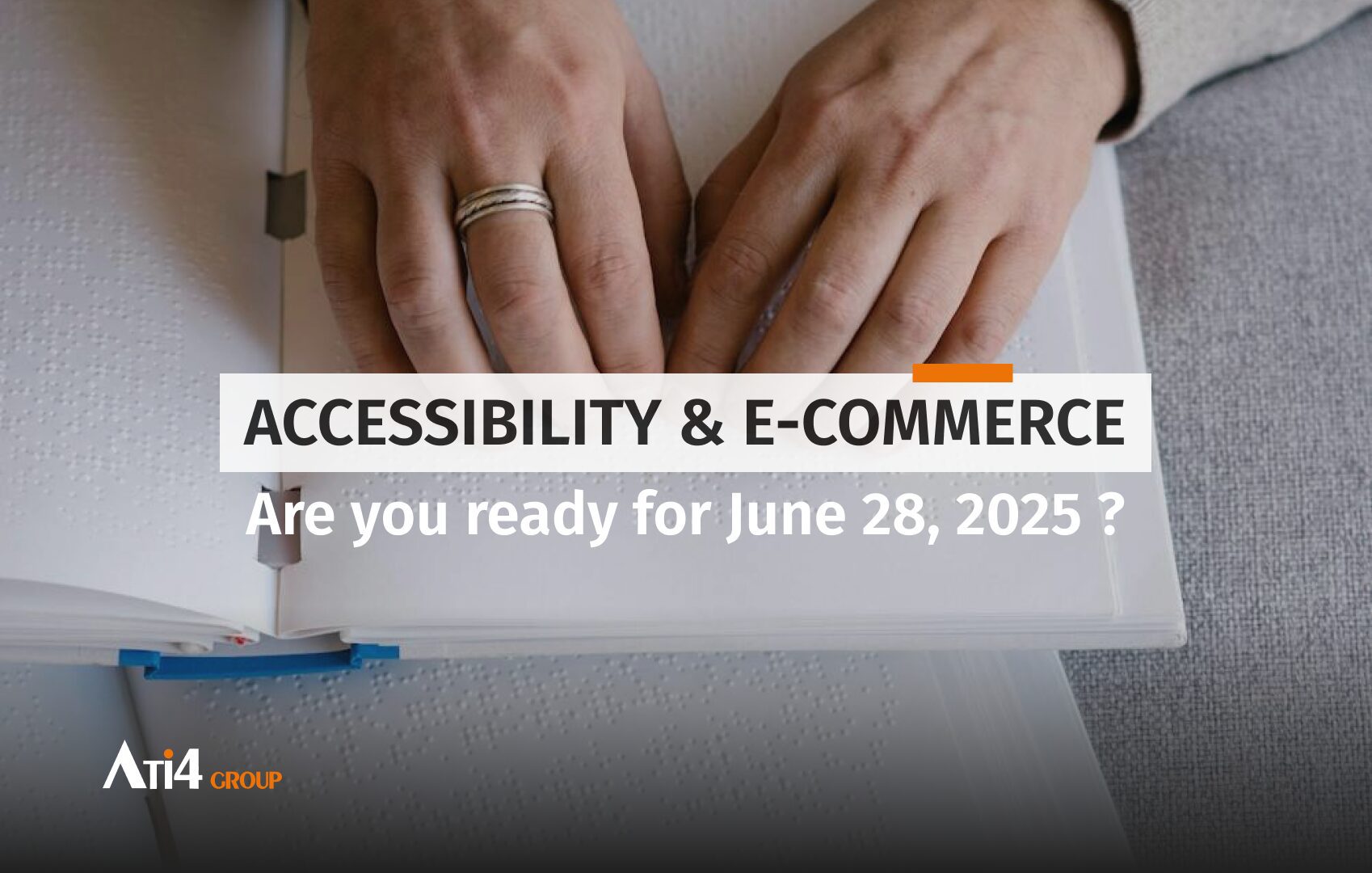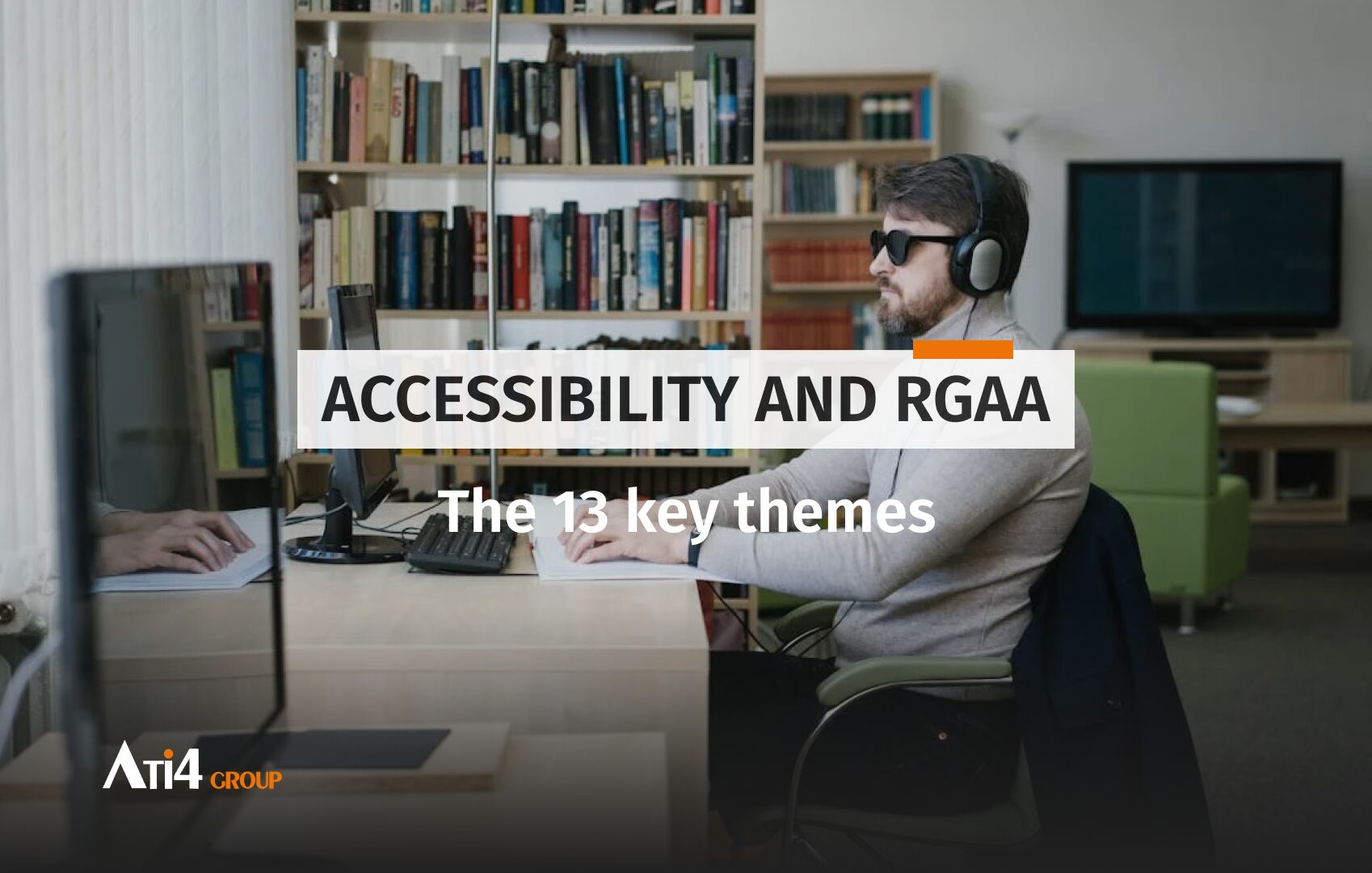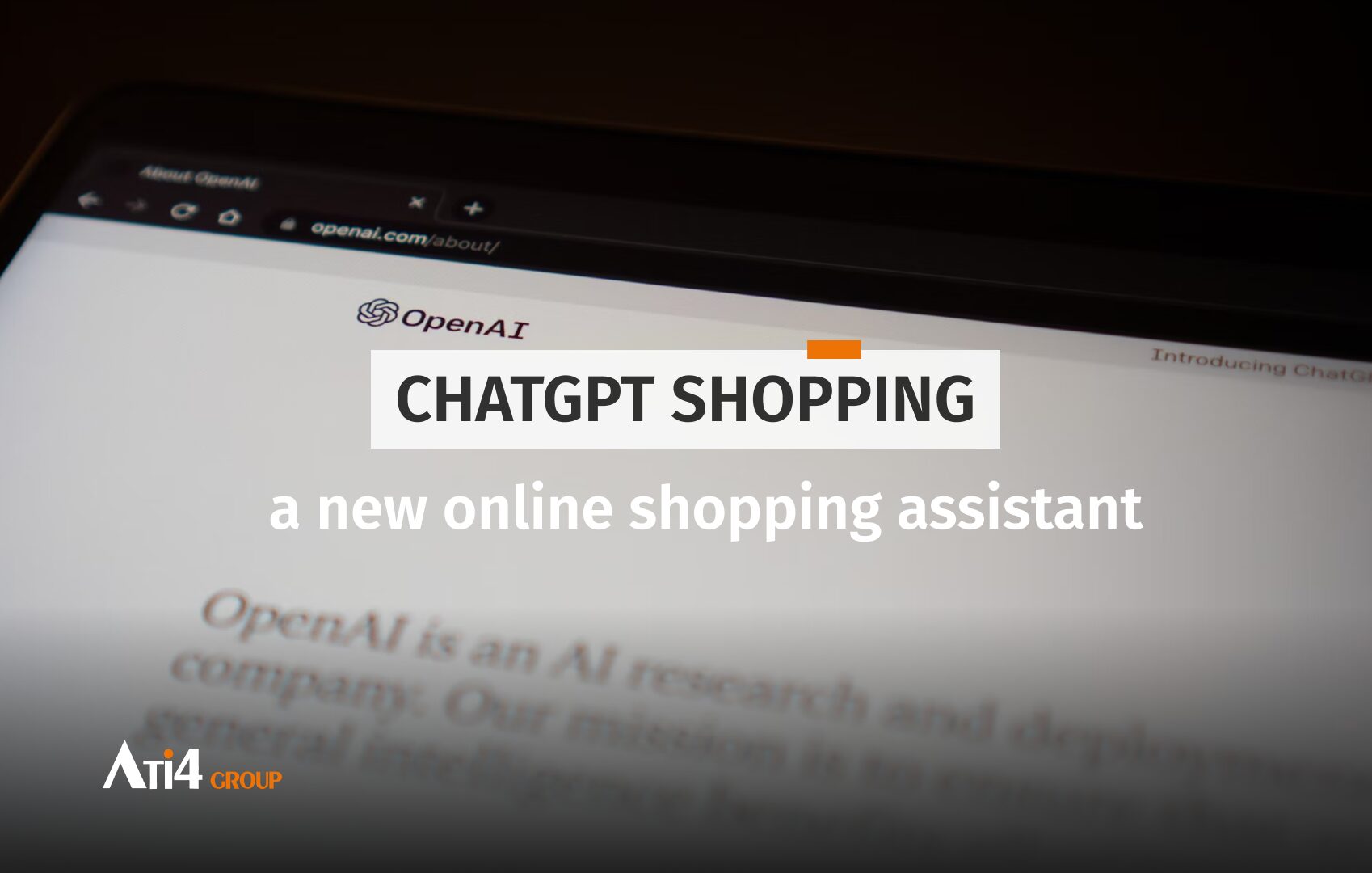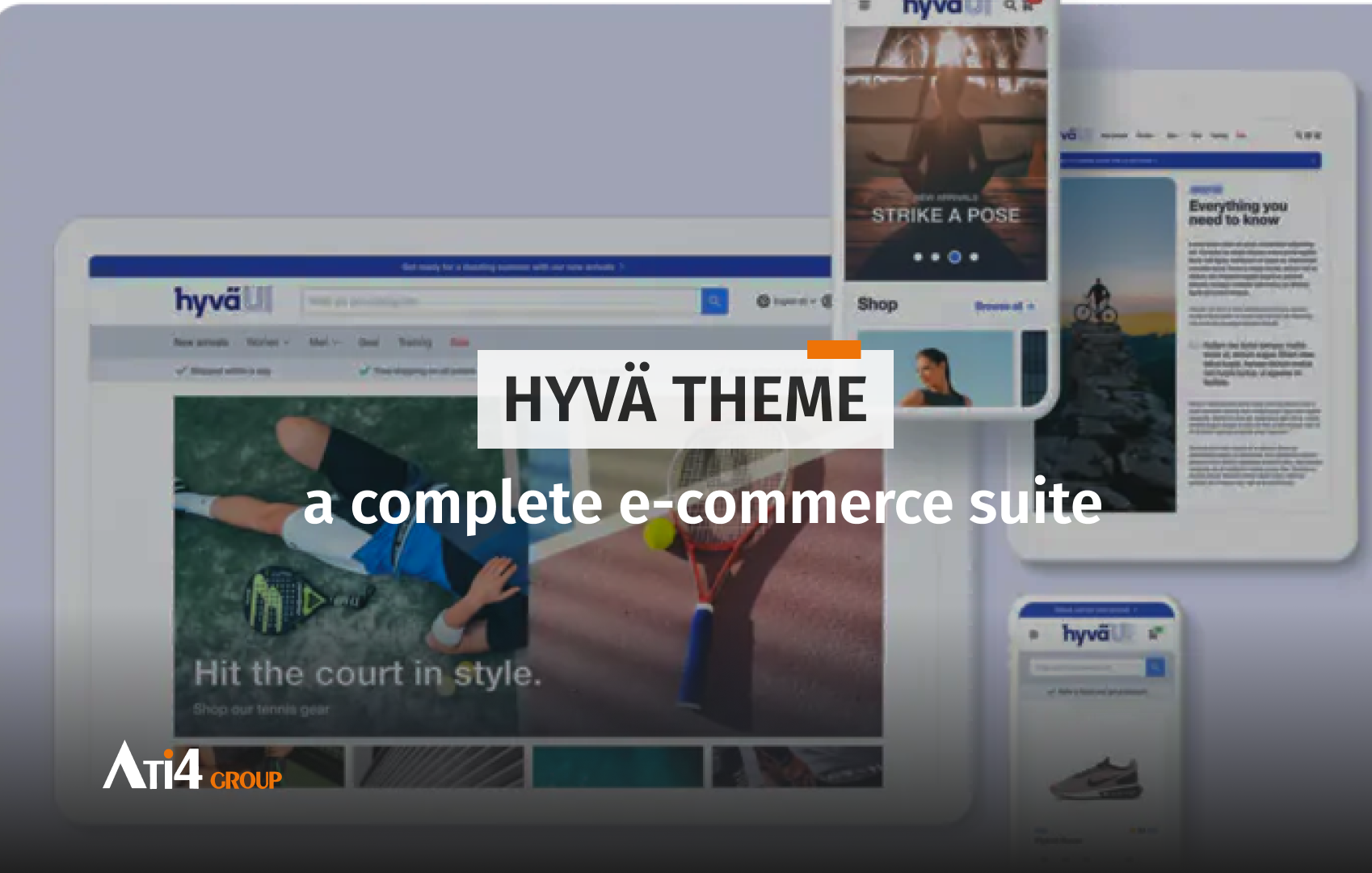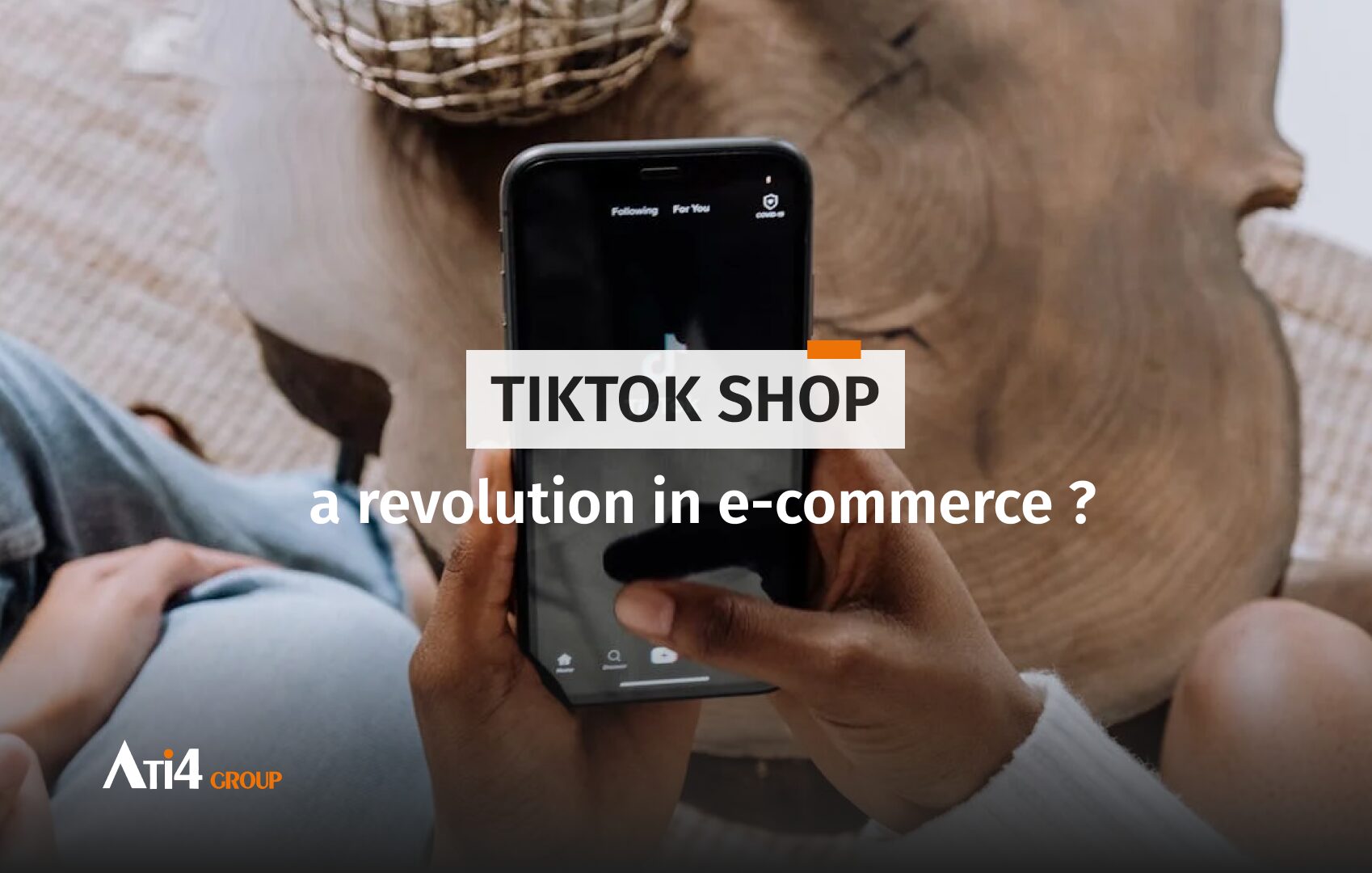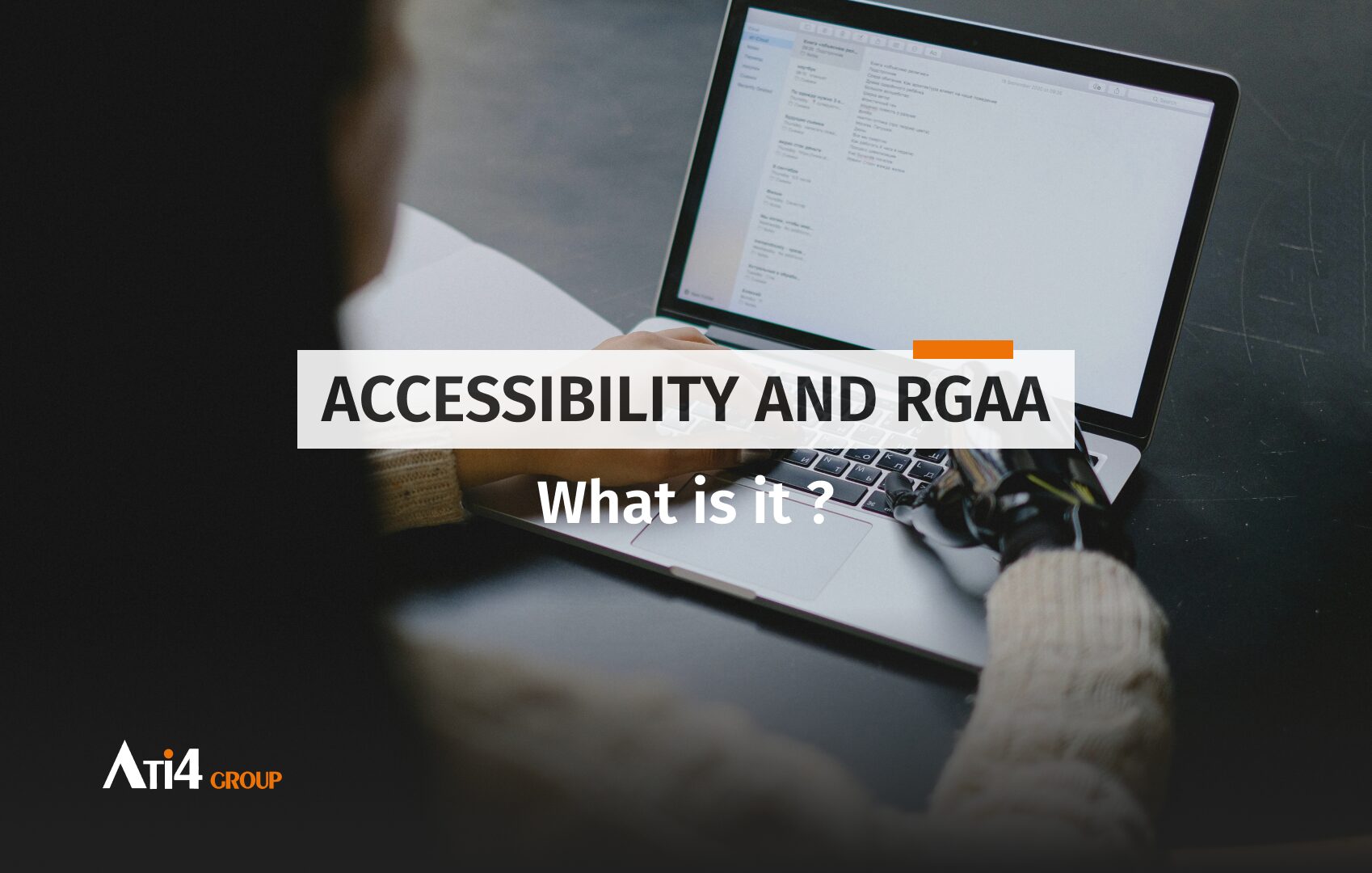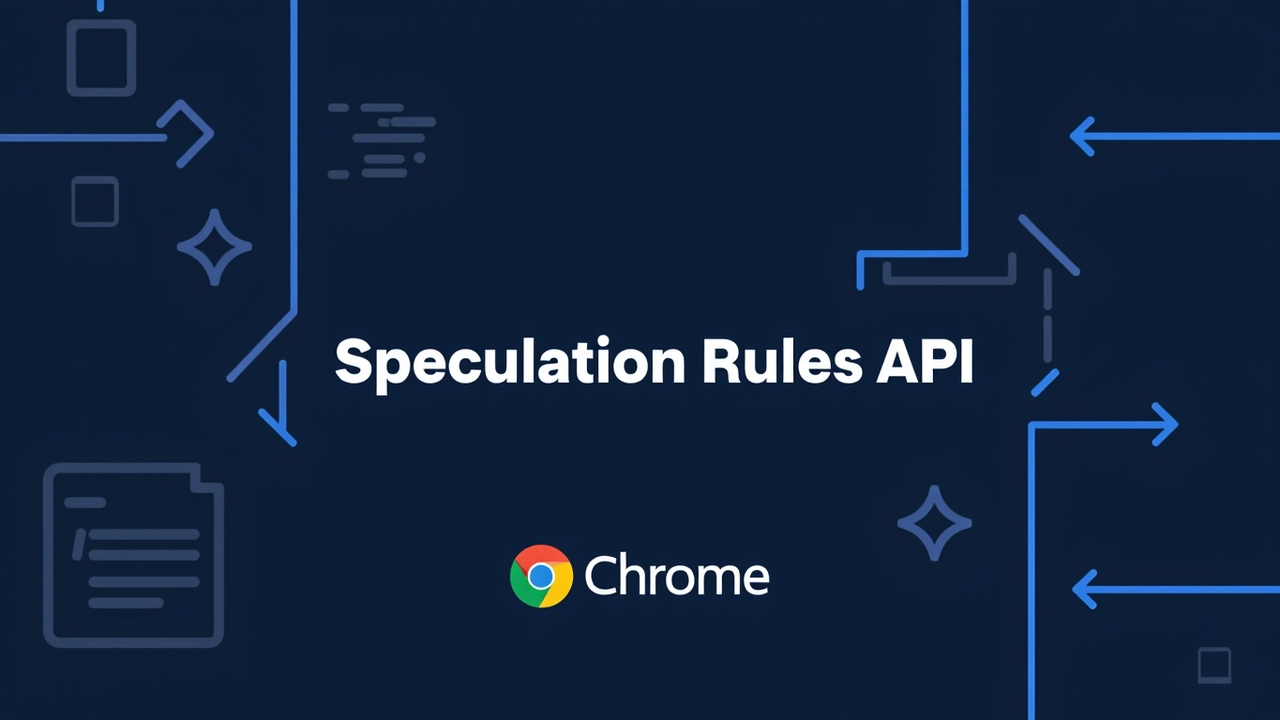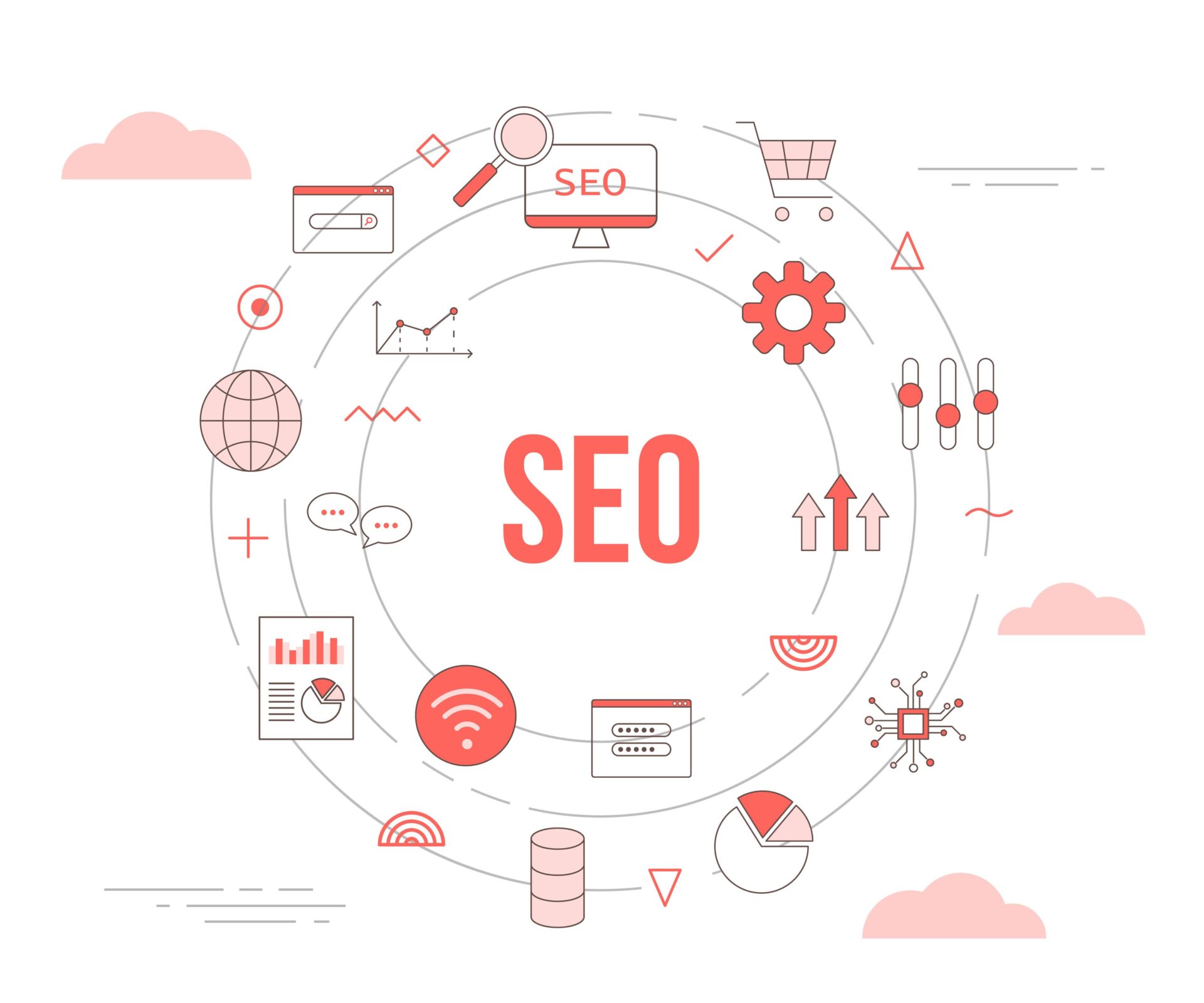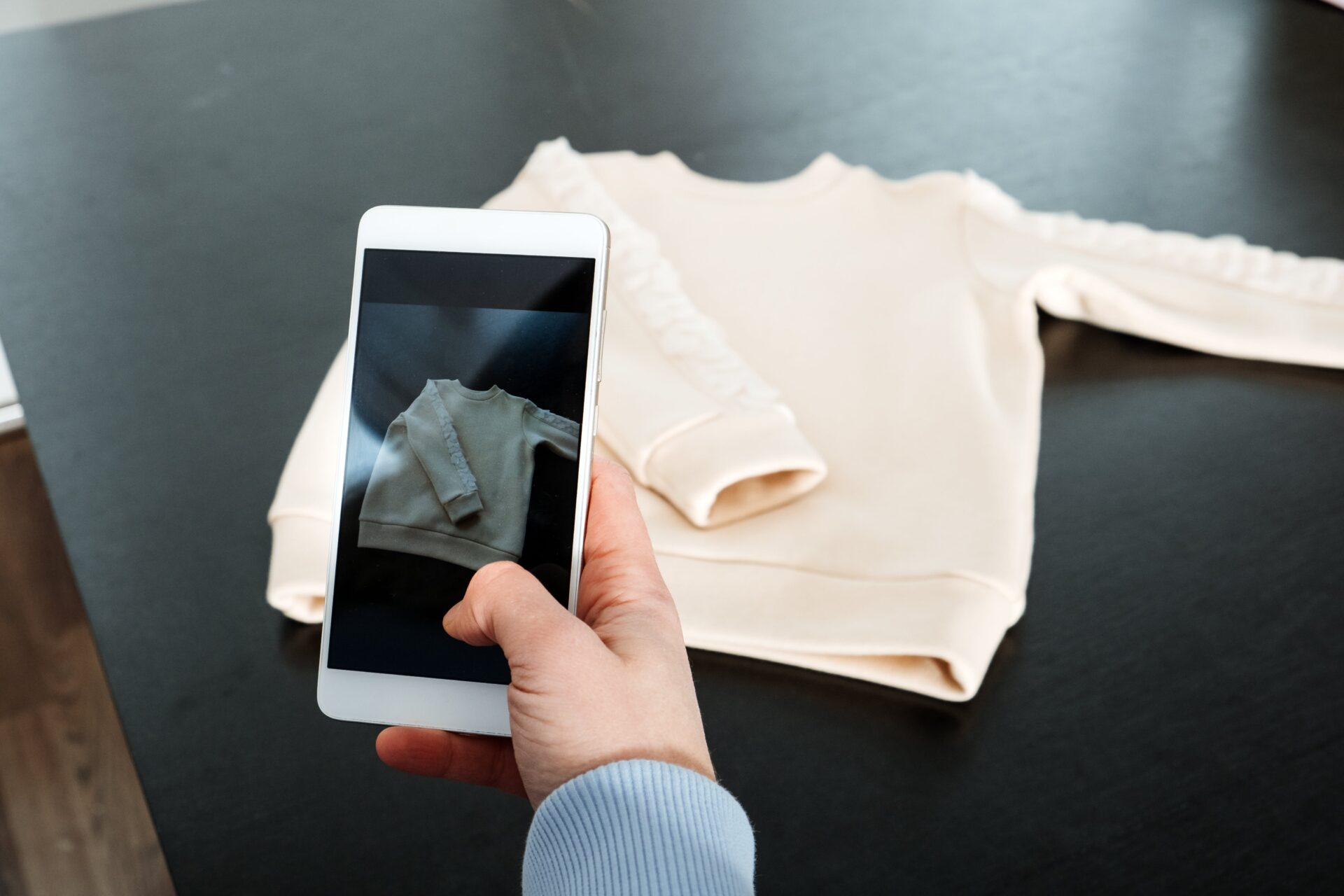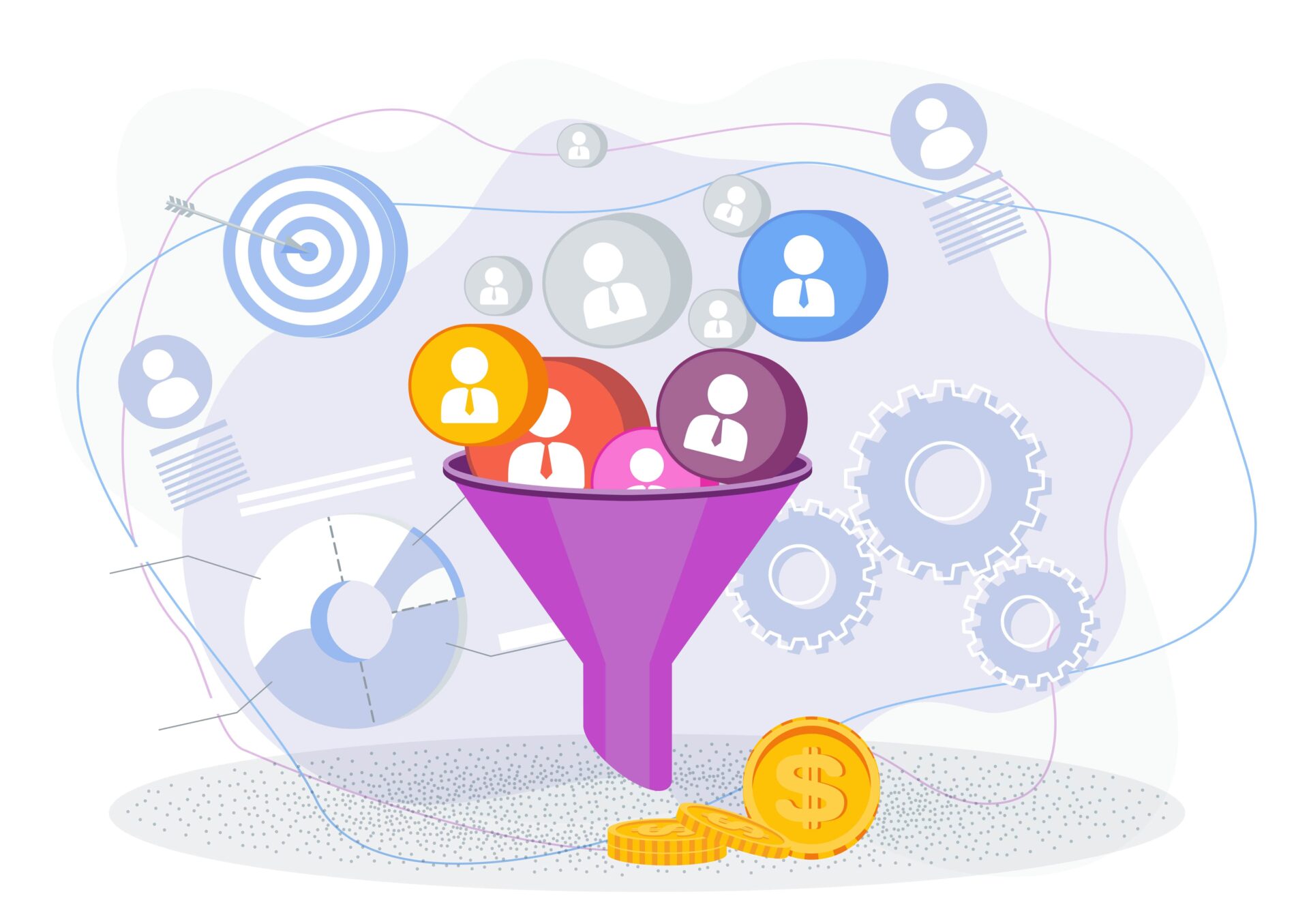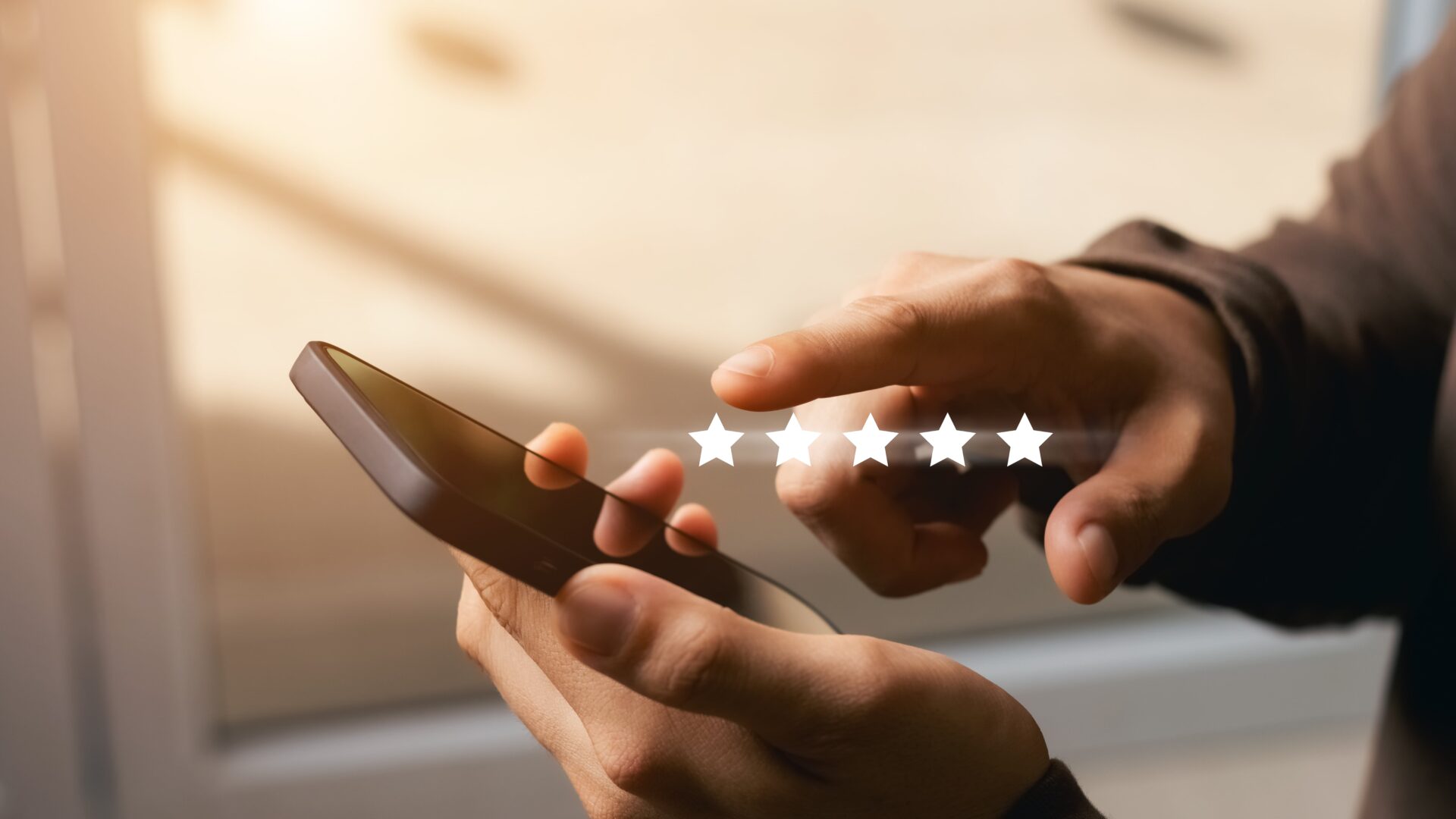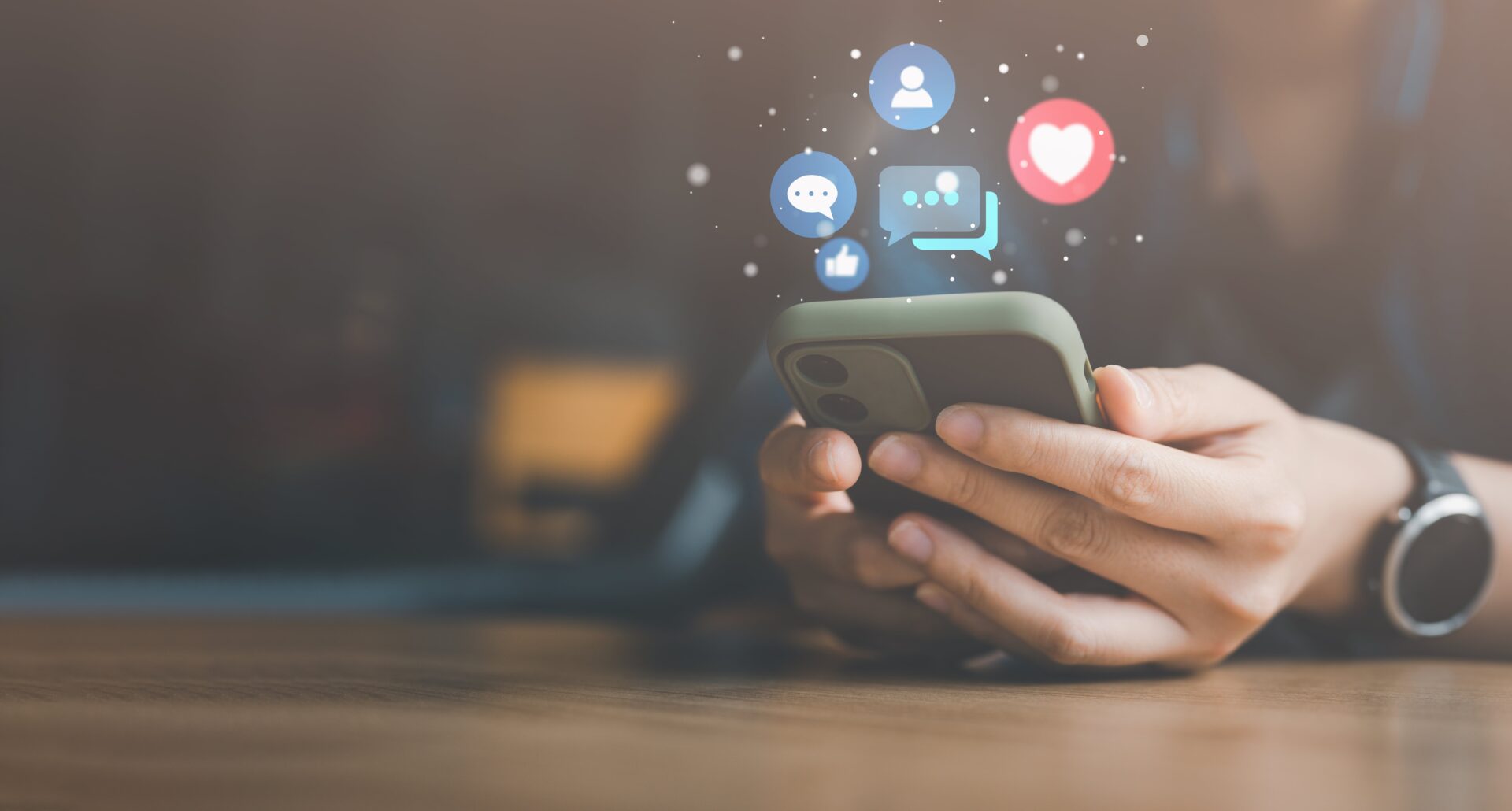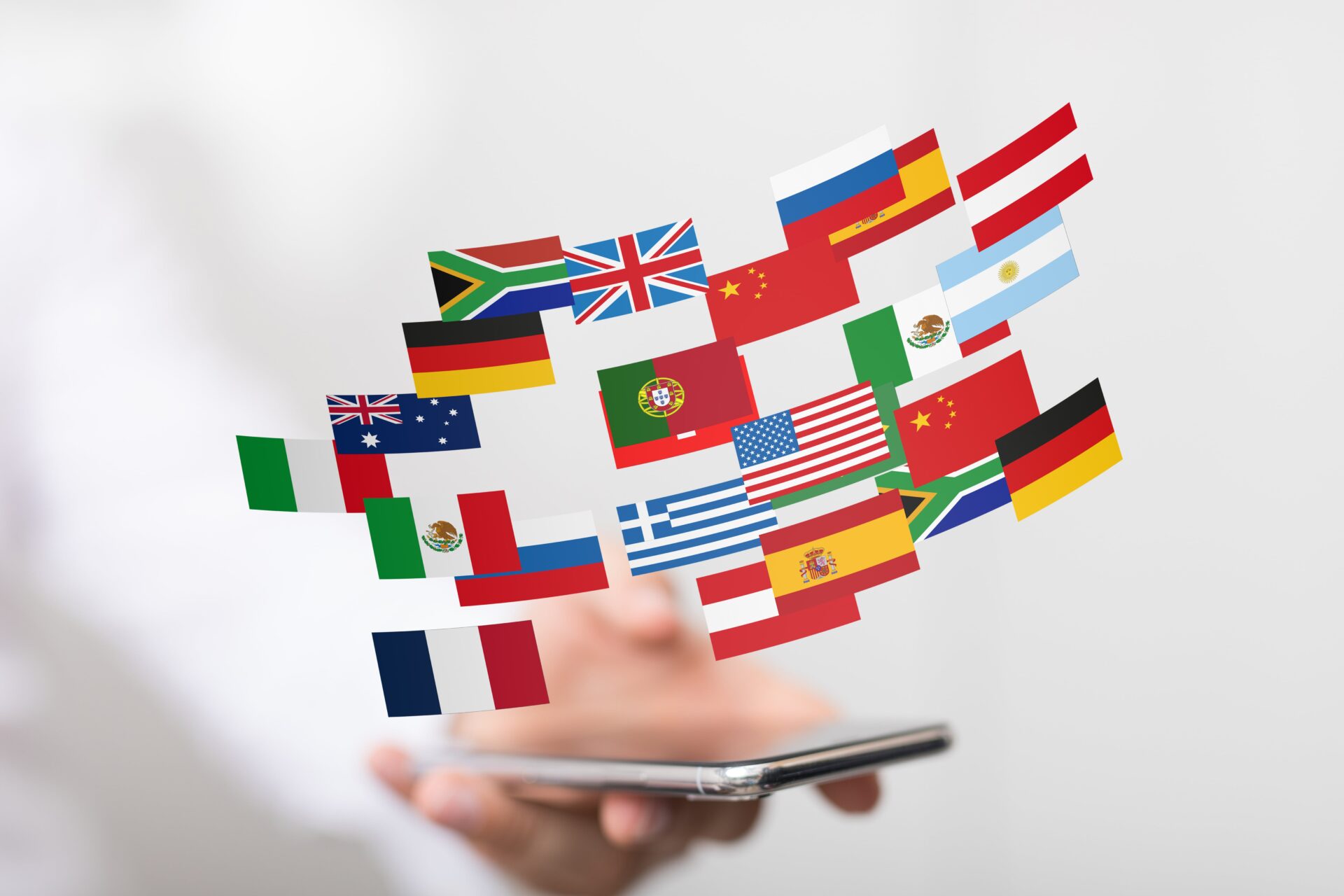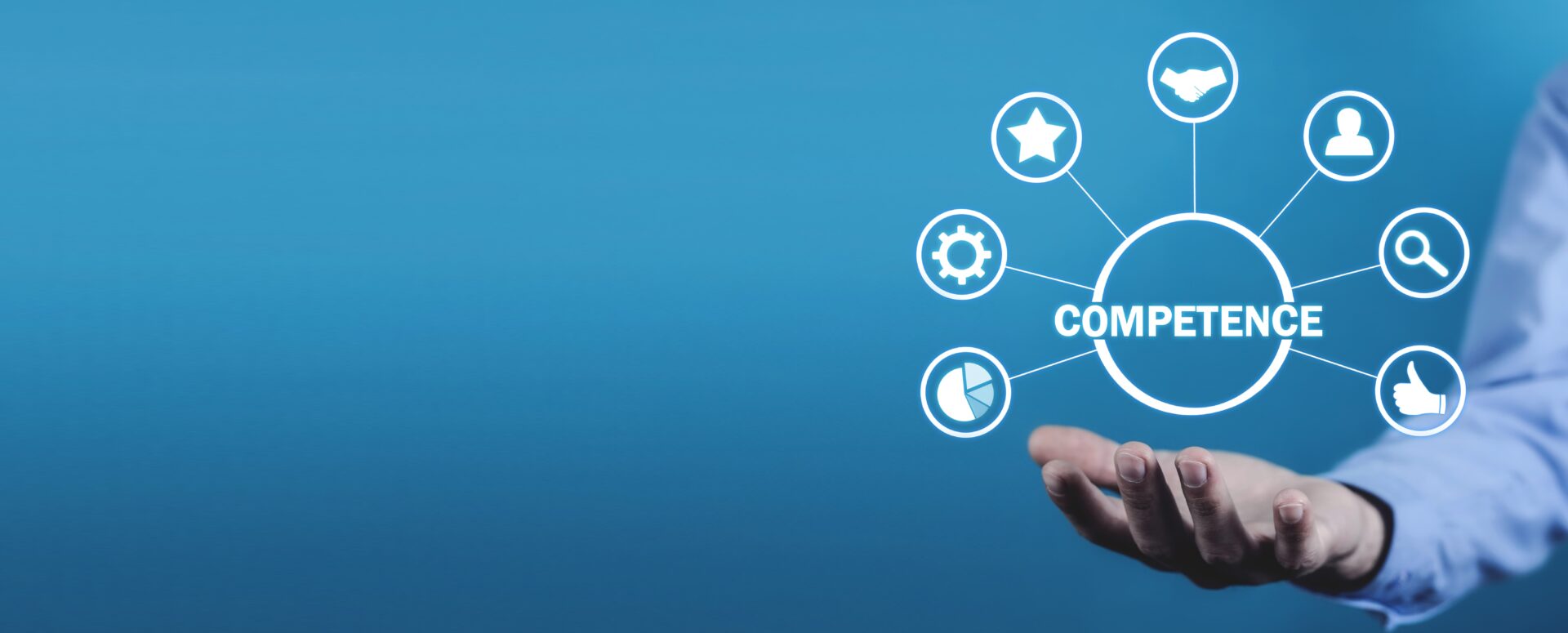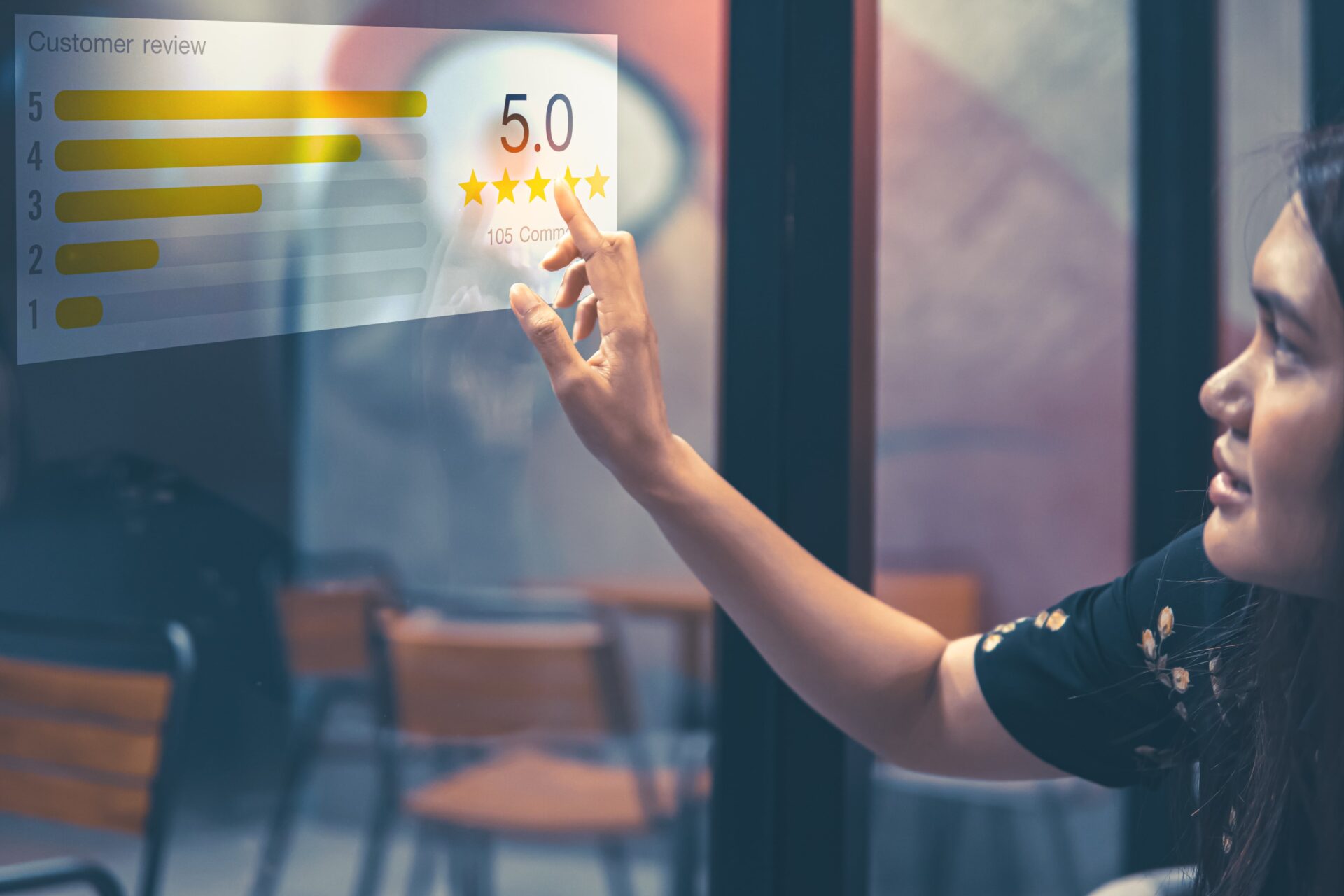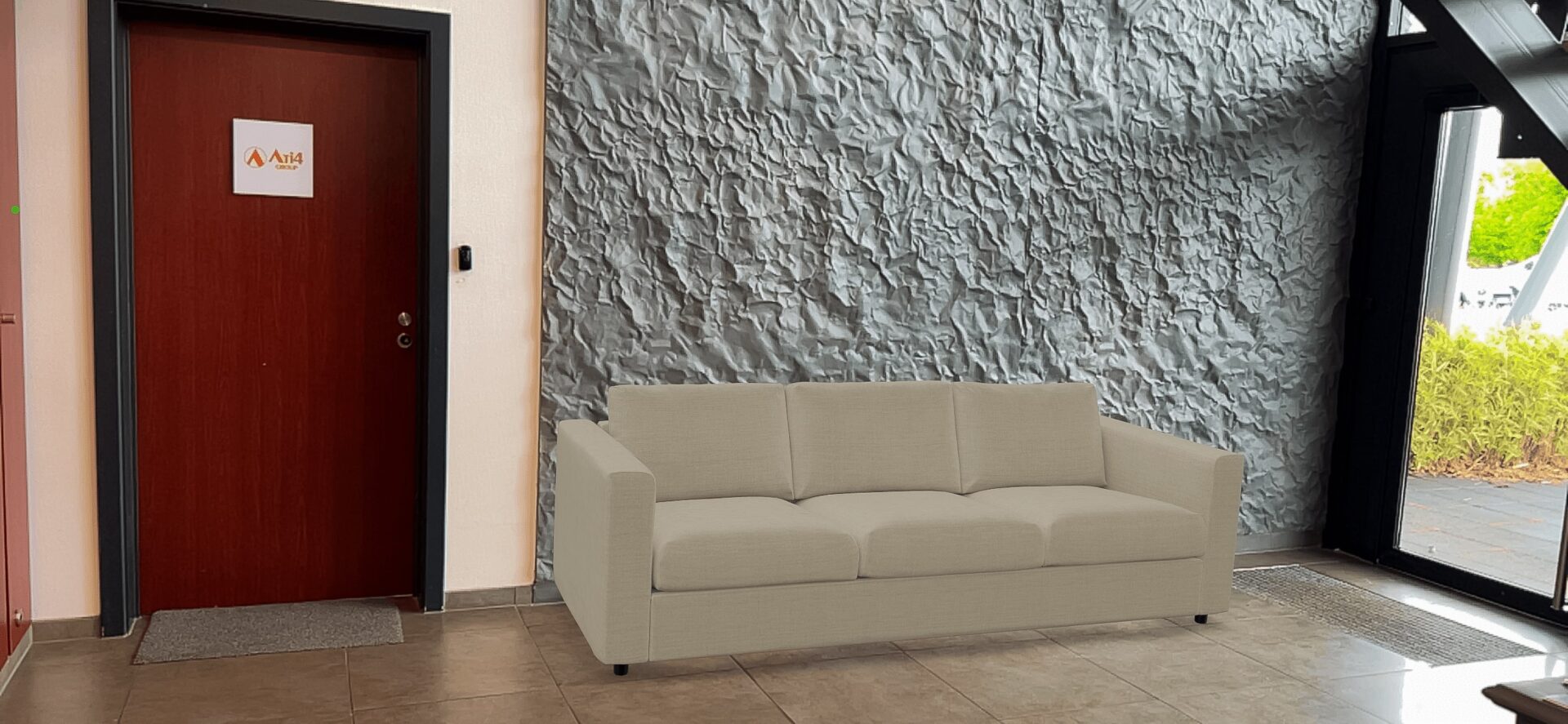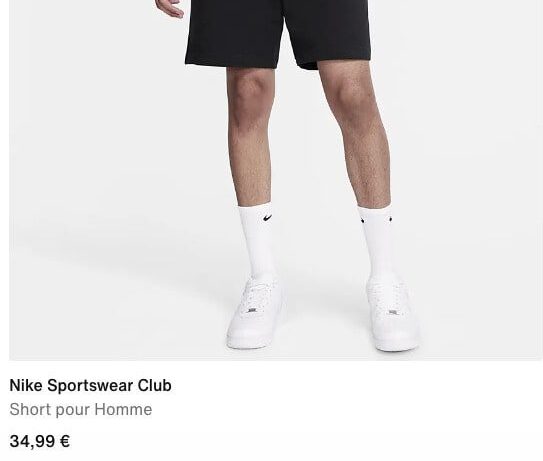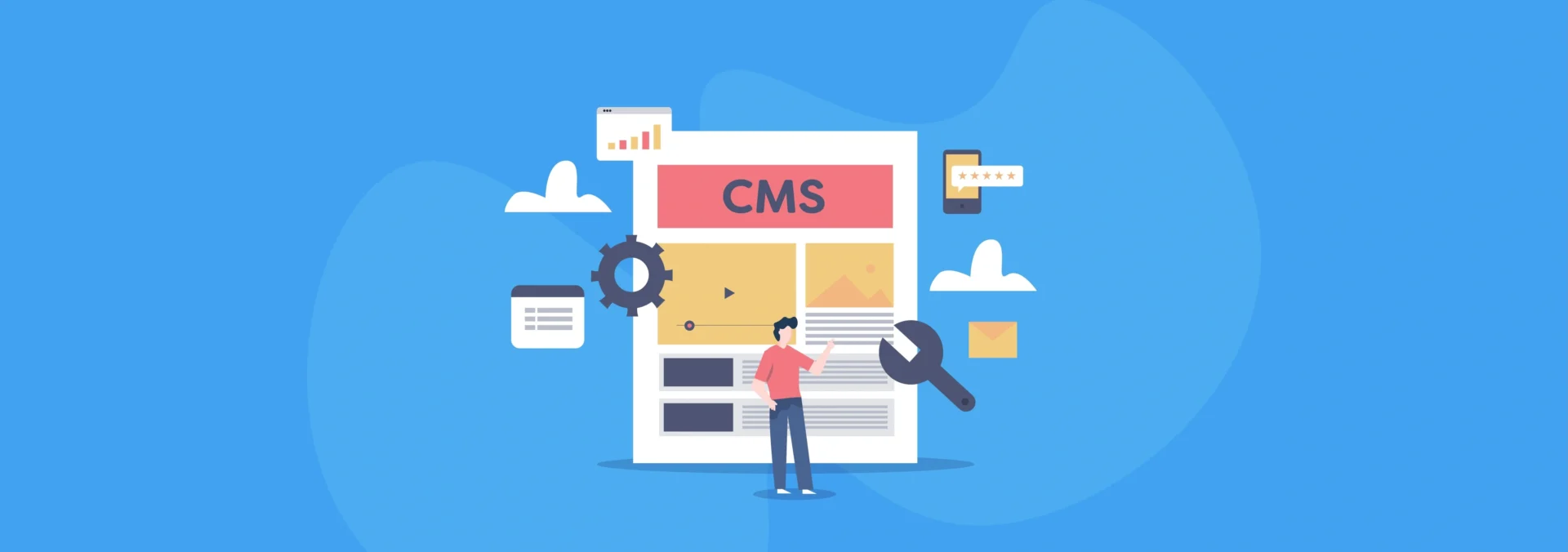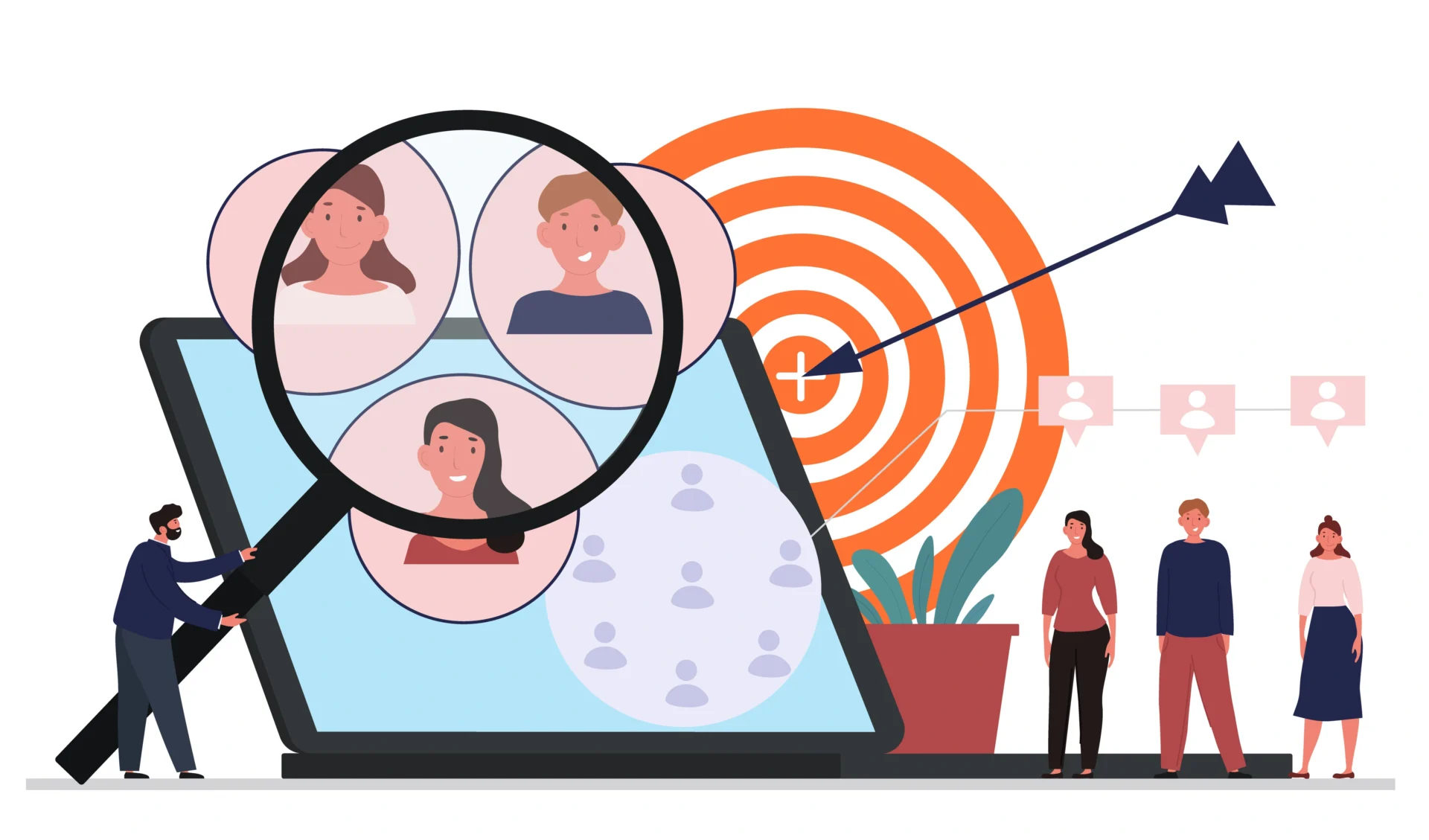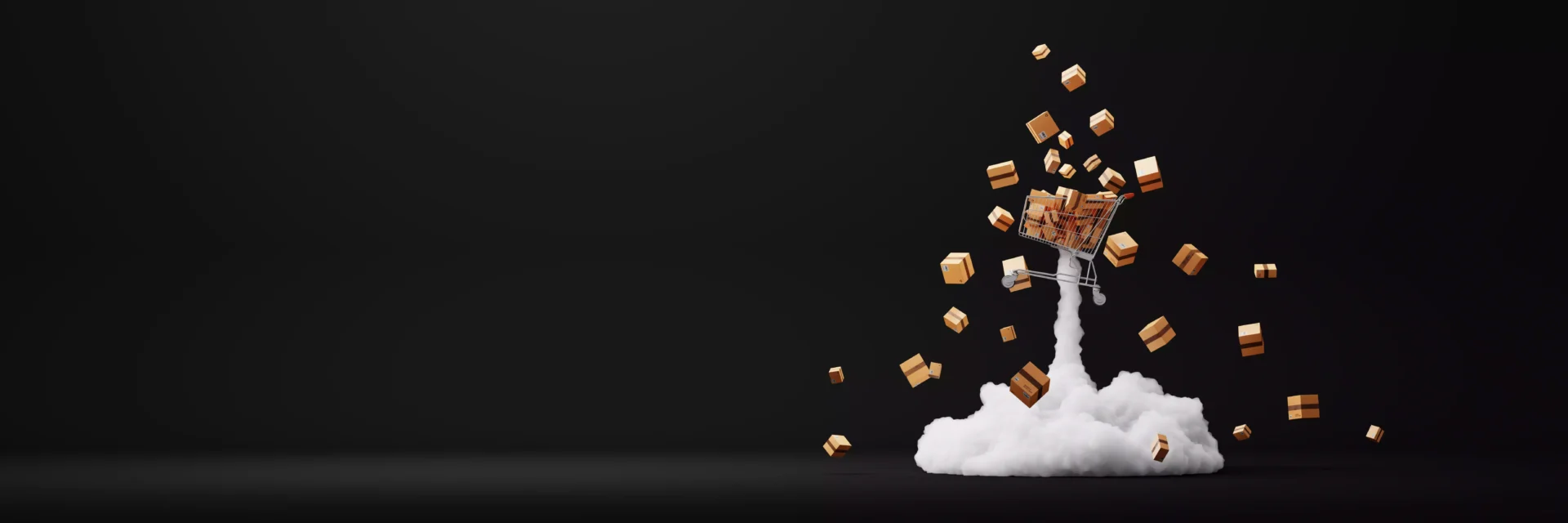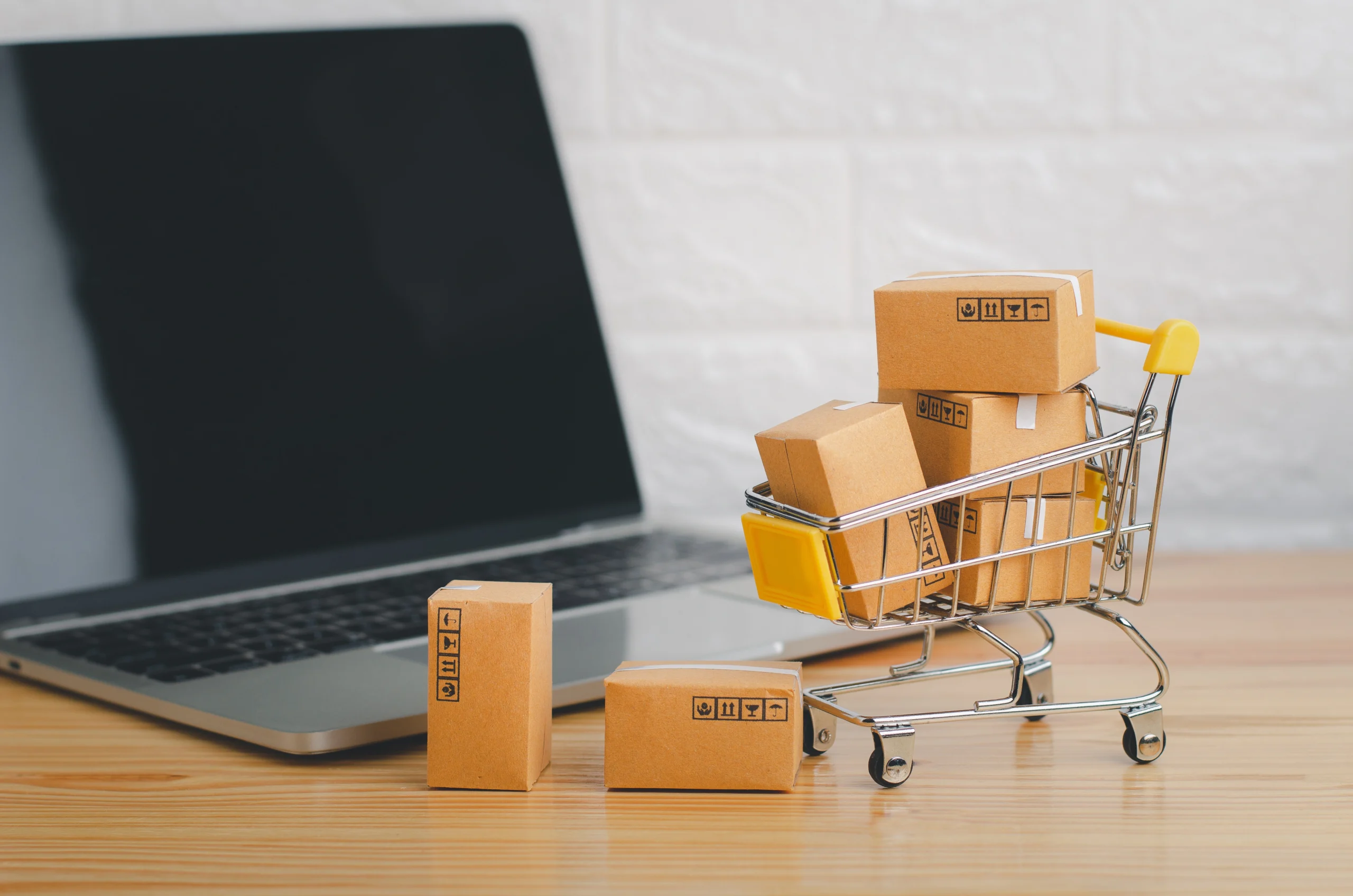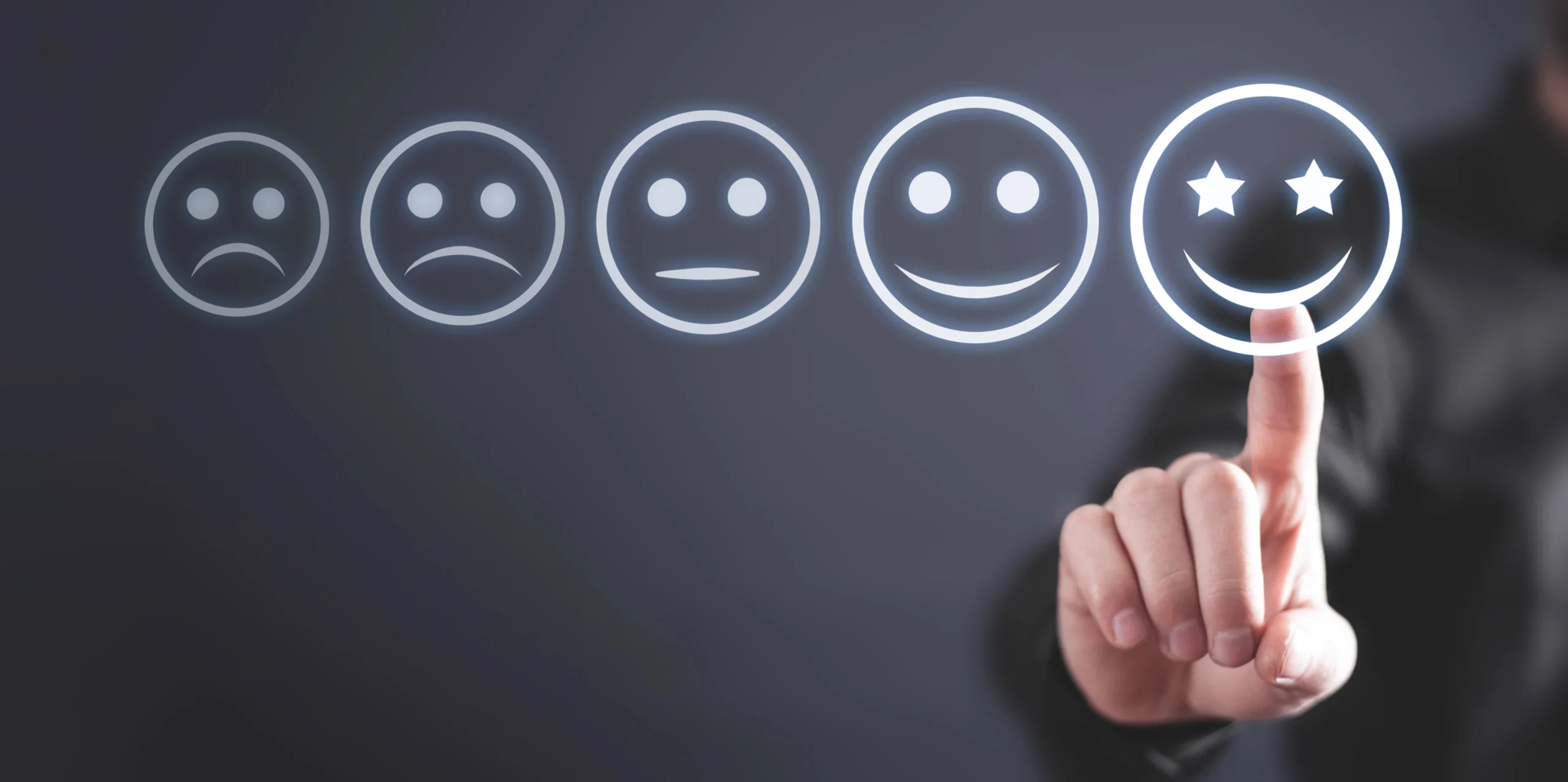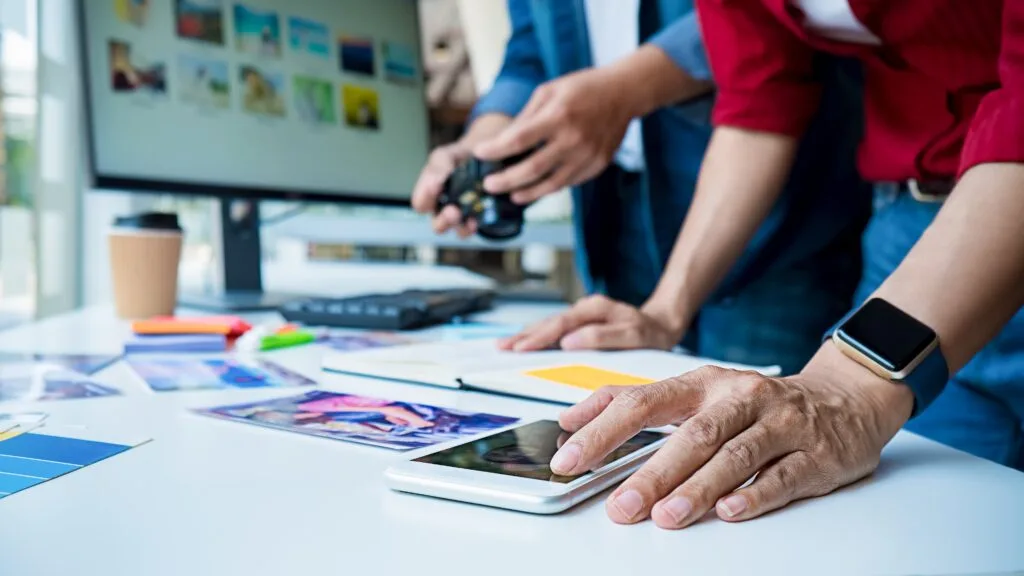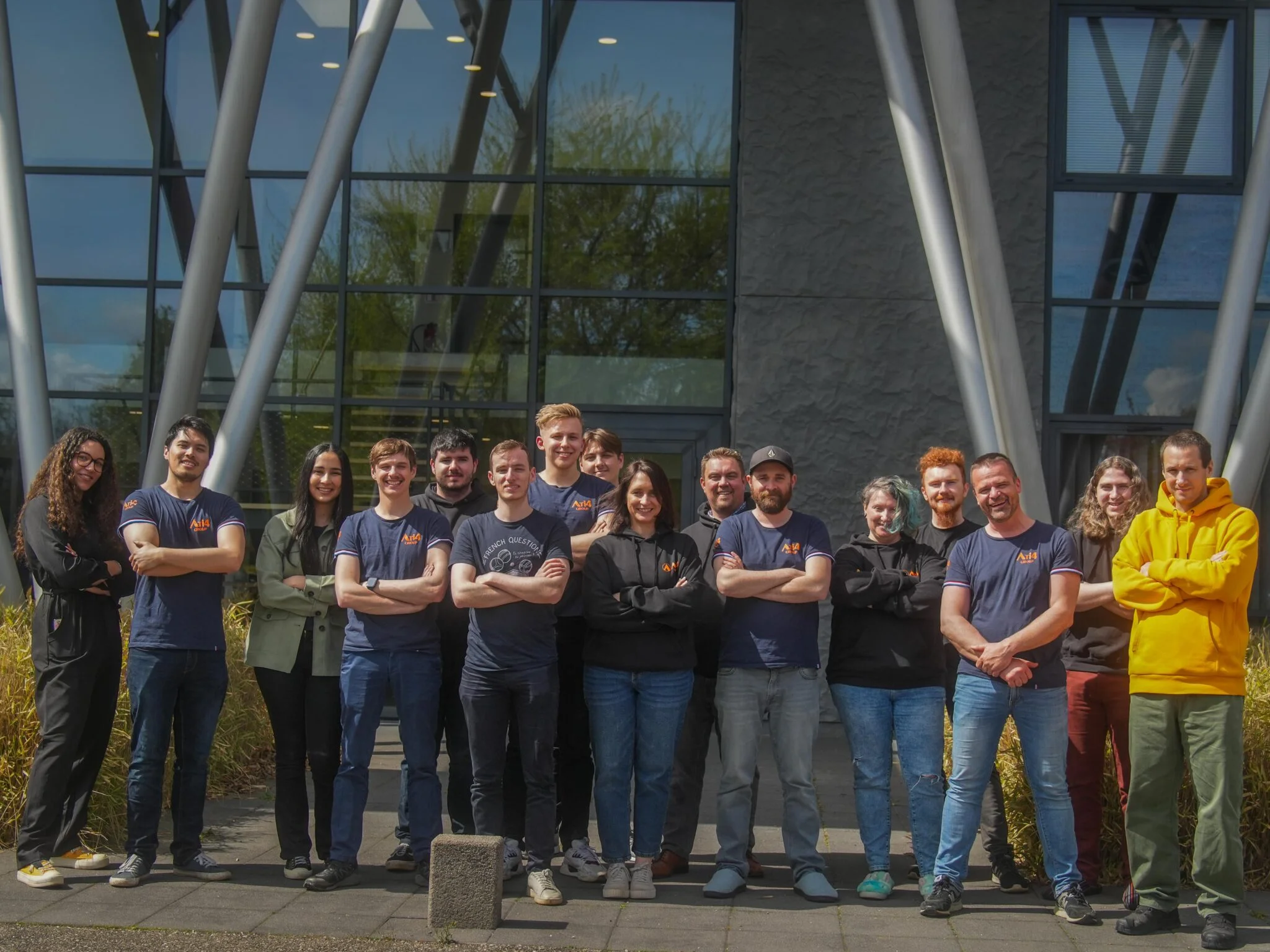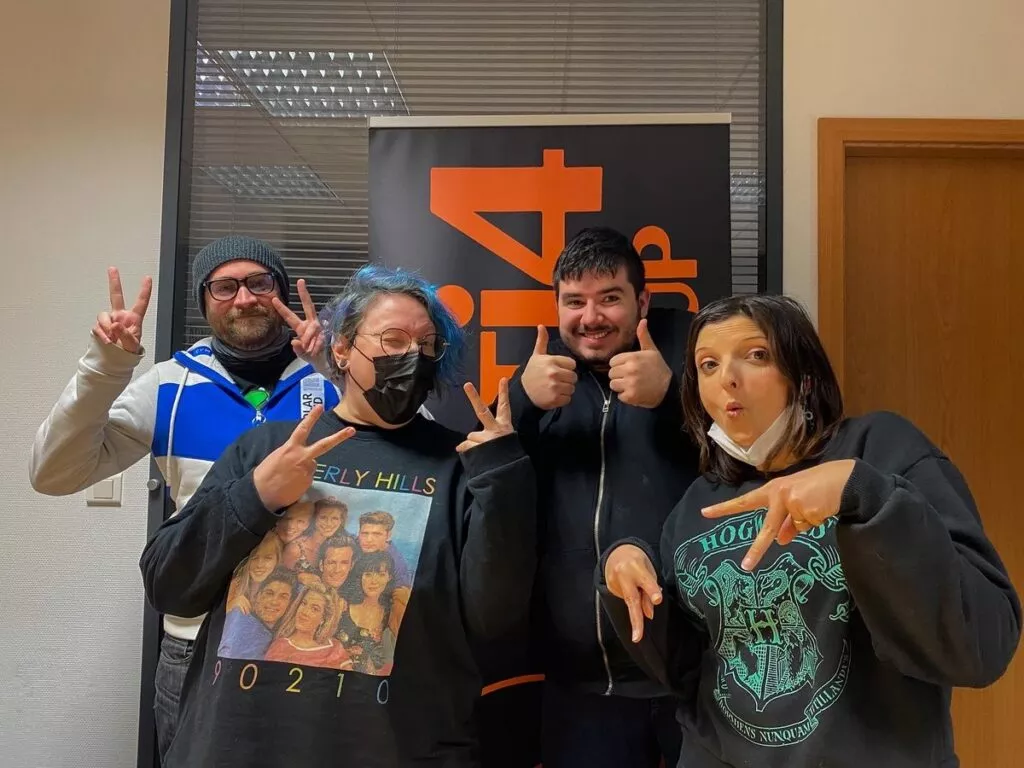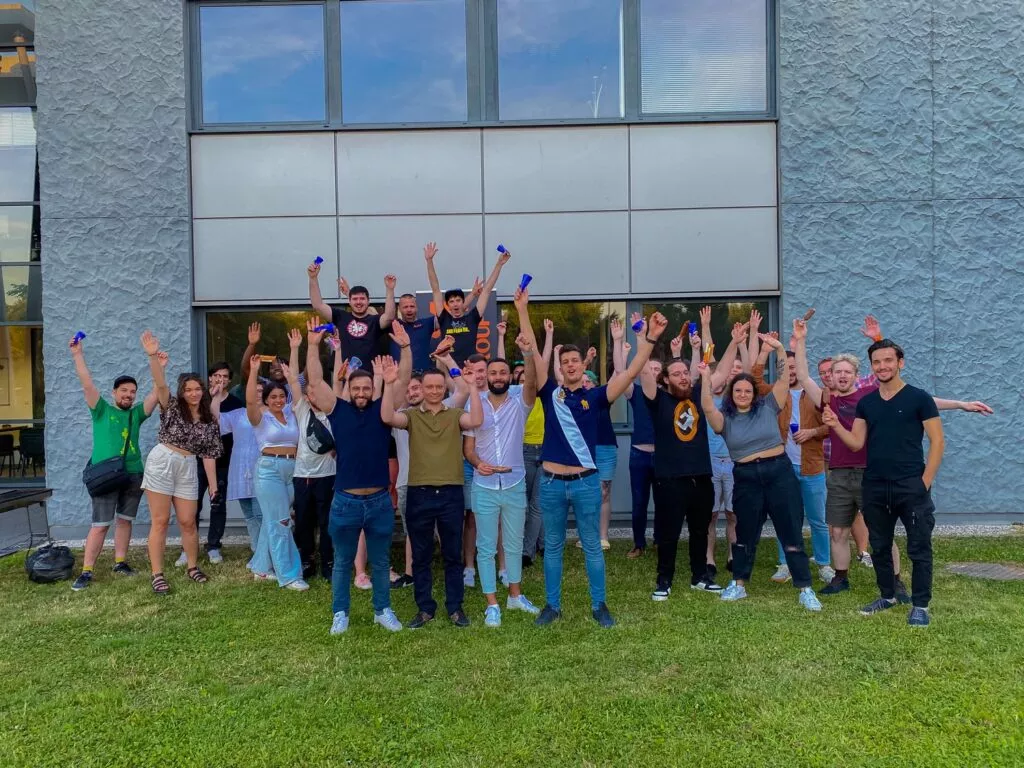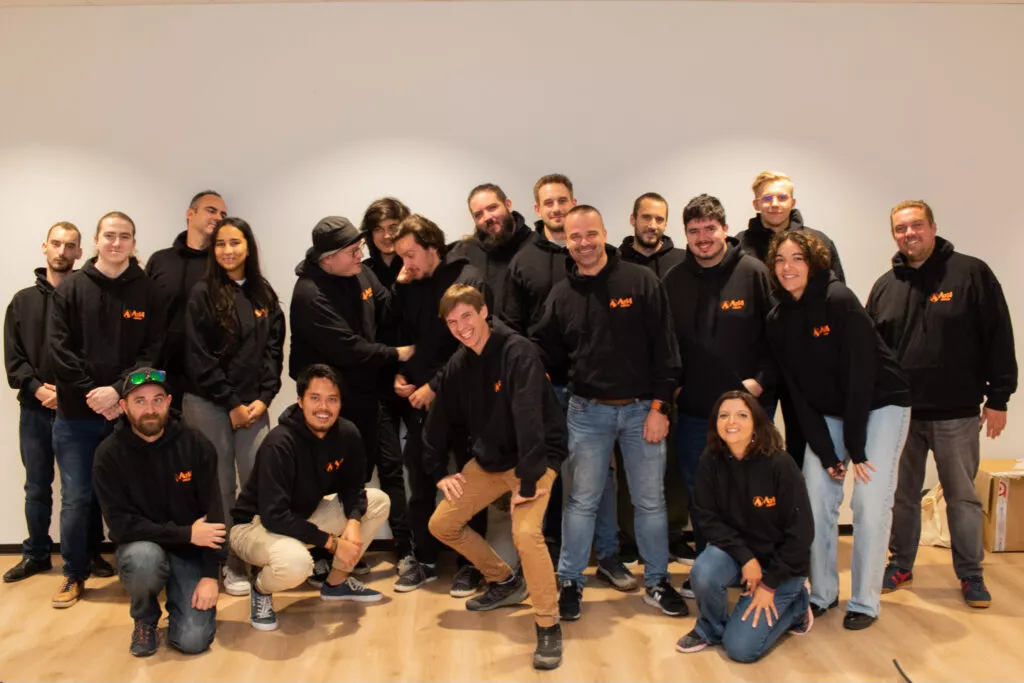Reducing friction in the B2B e-commerce journey: understand, analyze and act.
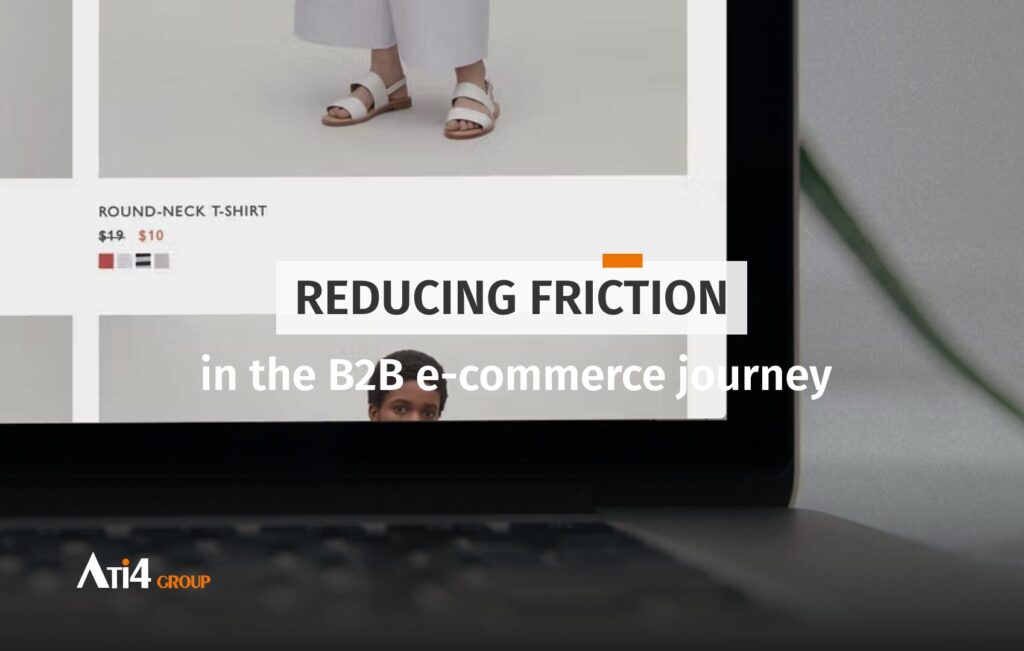
In B2B e-commerce, adding to cart is a strong signal. Unlike what we often observe in B2C, where purchases can be impulsive and immediate, the B2B journey is more thoughtful, longer, often interrupted, but rarely insignificant. When a user adds a product to their cart, they demonstrate genuine interest in the brand and/or its product. And when they don’t complete the order, it doesn’t necessarily mean a loss. Rather, it should be seen as a moment to rework, an opportunity to bounce back from.
Cart abandonment rates vary between 55% to 80% depending on the sector. This figure alone justifies taking it seriously, especially since simple and effective solutions exist. The issue today goes beyond cart abandonment alone: conversion challenges affect the entire user journey, from prospecting to delivery.
Indeed, consumer behavior has radically changed: buyers are more autonomous, connected and active, and the linear conversion funnel has given way to more complex behavior, the “messy middle” (a fuzzy zone between exploration and evaluation, where the consumer navigates without apparent logic between pages, products, brands, etc.). The same product can be viewed at 8am on a mobile app and at 9pm on a computer, with very different expectations and behaviors.
An abandoned cart is therefore not necessarily an end in itself, but can be the beginning of a purchase intention. It then becomes fundamental to understand what lies behind this abandonment: hesitation? A lack of information? Technical friction? An unpredictable external context?
Studying your customer profiles
The first reflex should no longer be to accumulate data. The real challenge today is to cross-reference, score and segment the data already in brands’ possession. But this analysis must be :
- Dynamic, to avoid rigid or manual approaches,
- Automated, to gain efficiency,
- Test-based, because marketing hypotheses must be validated by real behaviors.
A sociodemographic profile, however precise, is no longer enough. It’s the behavior on a site (pages consulted, products viewed, actions performed) that will reveal the customer profile. And the data collected that you’ll need to leverage is numerous :
- Behavioral data: clicks in emails, page views, visit duration, interaction with certain key pages like pricing or product comparison,
- Transactional data: purchase history, frequency, average order value,
- Engagement data: adding to cart, wishlist registration, product sheet downloads, variant choices…
These micro-conversions are all weak signals but precious ones, revealing purchase intent, even if the final conversion hasn’t happened (yet).
Segmentation must go beyond traditional “abandoned carts” or “birthdays.” It involves building high-value behavioral segments (high carts, abandonment after a strategic page, frequent visits but no conversions, etc.). Each segment can (and should) be subject to adapted communication, with a relevant contextual message.
Behavioral analysis can be enriched by sociodemographic (B2C) or firmographic (B2B) data: industry sector, company size, revenue, SIRET number, etc. This allows creating similar profiles to existing customers. If a prospect has characteristics close to a good customer, there’s a strong chance they’ll convert under similar conditions. This predictive scoring logic allows further personalization of journeys and anticipation of needs.
Also keep in mind that it’s common for your customers, whether professional or individual, to use the cart as a simulation or scouting tool. Exploration is part of the journey. They add items to estimate prices, check availability, compare options. Sometimes, they go all the way to checkout just to know shipping costs, delivery times, or payment methods.
This exploration is normal usage. It shouldn’t be perceived as an anomaly. However, it must be intelligently supported. A high-performing B2B site is one that clearly displays essential information from the first steps. This notably includes shipping costs, delivery times, return policies, or specific constraints related to the sector (minimum order, fixed fees, supply delays…).
The more information is visible and transparent upfront, the more the user feels confident. The less necessary it is for them to “test” the cart to discover it. And if exploration takes place anyway, then it becomes strategic to capture their contact details as soon as possible to be able to follow up appropriately.
When the experience blocks, real frictions need to be identified
Beyond exploration, some purchase intentions simply fail because of friction points. These barriers are sometimes technical (slow site, mobile bug, payment failure), sometimes functional (too many steps, unnecessary requests, lack of auto-completion), and sometimes related to the site’s overall experience.
70% of carts are abandoned… but it’s not always purchase abandonment. According to data from the Baymard Institute, nearly 70% of carts don’t convert. But behind this figure hide 3 types of abandonment, each with its causes and follow-up opportunities.
There are 3 types of cart abandonment :
- Exploratory abandonment (representing about 50% of abandonments): A case where the user had no immediate purchase intention: they compare, simulate, test a promo code, check shipping costs, use the cart as a wishlist. They may return later, if they’ve been well nurtured upstream (inbound marketing). It’s difficult to catch them short-term, but the seed is planted.
- Friction abandonment: The customer intended to buy, but a technical or functional problem stopped them (bug, fees, tunnel too long, UX). This one can be effectively followed up, but requires correction of irritants.
- Contextual abandonment caused by an external or emotional factor (distraction, urgency, doubt…). This type of profile can return later, if you stay in their memory, via well-dosed follow-up or retargeting.
Most of these problems could be avoided if UX fundamentals were properly applied. And yet, too many B2B sites still neglect crucial points. Interface clarity is often underestimated: poor readability typography, information overload, weak contrasts, inconsistent structure from page to page. Readability is a reassurance lever, just like graphic consistency between desktop and mobile. A user who switches from one screen to another without finding their bearings is already losing confidence.
Added to this is a performance challenge. Loading time of more than 3 seconds on mobile drastically increases abandonment rate. It’s not just a technical detail: it’s a commercial barrier. It’s therefore essential to work on Core Web Vitals (with Hyvä, for example) and ensure the site is technically smooth, fast, stable. This work may seem invisible short-term, but it plays a determining role in the perceived quality of experience, and therefore in conversion.
Moreover, one of the most critical moments in the journey is undoubtedly the checkout funnel. It concentrates all emotions alone: hope of completion, fear of making a mistake, need to go fast. It’s also often where abandonments crystallize.
This is where the notion of neuromarketing comes in with 3 major cognitive biases that can hinder conversion.
- The distrust bias which appears when the user doesn’t understand or doubts what they see (vague fee mentions, inconsistent promises, design not aligned with brand positioning).
- The cognitive overload bias, also called intentionality bias, which occurs when we ask too much mental effort from the user (too much information, instructions, too complicated a journey). Know that a human has difficulty retaining more than 3 key pieces of information at once.
- The perceived effort bias, which is the feeling of a journey that’s too long, too complex or poorly adapted (too many clicks, forms too long, frustration, confusion or waiting). If your user has to make more than 3 clicks to access information, you risk losing them. And this trend is amplifying with digital evolution: users are increasingly demanding and impatient.
A good checkout funnel, especially in B2B, is an efficient, clear, fast funnel. It only asks for essentials, offers intelligent auto-fill options, allows ordering in guest mode, doesn’t unnecessarily block the user with account creation constraints. At this stage, every unnecessary click is a barrier.
But don’t think a good funnel is only about ergonomics. It also plays a reassurance role. A clear order summary, transparent fee display, ability to go back without losing everything, highlighting security labels or explicit return conditions… all this contributes to creating a sense of control. And it’s this feeling that allows the user to validate their order without hesitation.
But also keep in mind that not all abandonments are site-related. Some are simply due to external factors. A call, a meeting, an interruption. In B2B, these unforeseen events are daily. This type of abandonment is temporary, but it must be followed up.
Following up a user in this context isn’t about doing automated marketing at all costs. It’s first about being useful. This can involve a discreet cart reminder, resuming where they left off, offering human assistance, or even a simple message like: “Would you like to resume your order?” Timing is essential here. Too quick follow-up can seem oppressive. Too late follow-up loses all effectiveness.
Working on UX fundamentals: the foundation of any anti-friction strategy
Reducing friction is above all foundational UX work. And this relies on five major pillars that must be integrated as priorities.
- First: clarity A site with readable visual hierarchy highlights key elements: price, call-to-action, delivery times, delivery conditions. Information overload or graphic confusion creates unnecessary tension.
- Second: consistency A design that adapts perfectly to different devices, maintains the same visual landmarks from page to page, ensures smooth navigation… This is the foundation for users not to get lost.
- Third: technical performance Loading times, mobile display, on-screen element stability, all this affects overall perception. And it’s not just UX: it’s also SEO.
- Fourth: the conversion funnel The simpler it is, the more effective it is. This assumes few steps, optimized fields, pre-filling and above all, the ability to order without an account.
- Fifth: transparency A B2B customer wants to know where they’re going. This involves highlighting customer reviews, return policies, real fees, seller identity. You can’t expect to sell to professionals if you don’t give them reliability guarantees.
No friction work will be useful without minimal analysis. Setting up a tracking system won’t serve to measure everything roughly, but will allow you to understand the micro-signals that precede abandonment. What are the repeated behaviors? What are the exit points? What’s the typical path of users who convert vs those who leave?
It’s only by cross-referencing this information with a clean CRM base, follow-up campaigns and detailed knowledge of customer typologies, that you can really improve conversion rates. Cart abandonment should never be seen as failure. It’s often the expression of an unsatisfied need, hesitation, or poor timing. What you do with it, as a B2B e-merchant, directly determines your long-term performance.
You have an e-commerce project ?
Find out what’s new at the company.
Because mixing fun and work is at the heart of our philosophy, we always try to make a special place for it in our business life.

